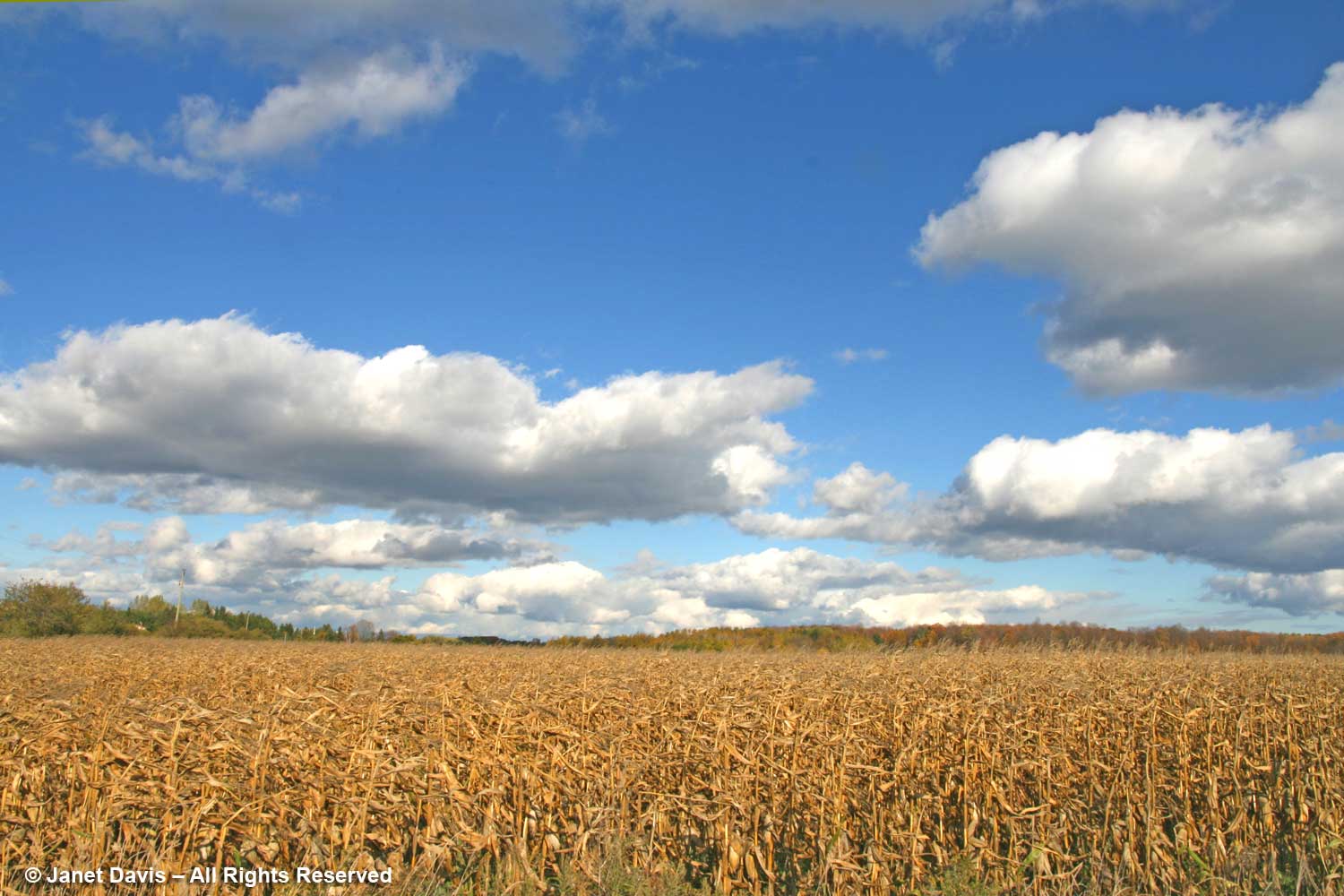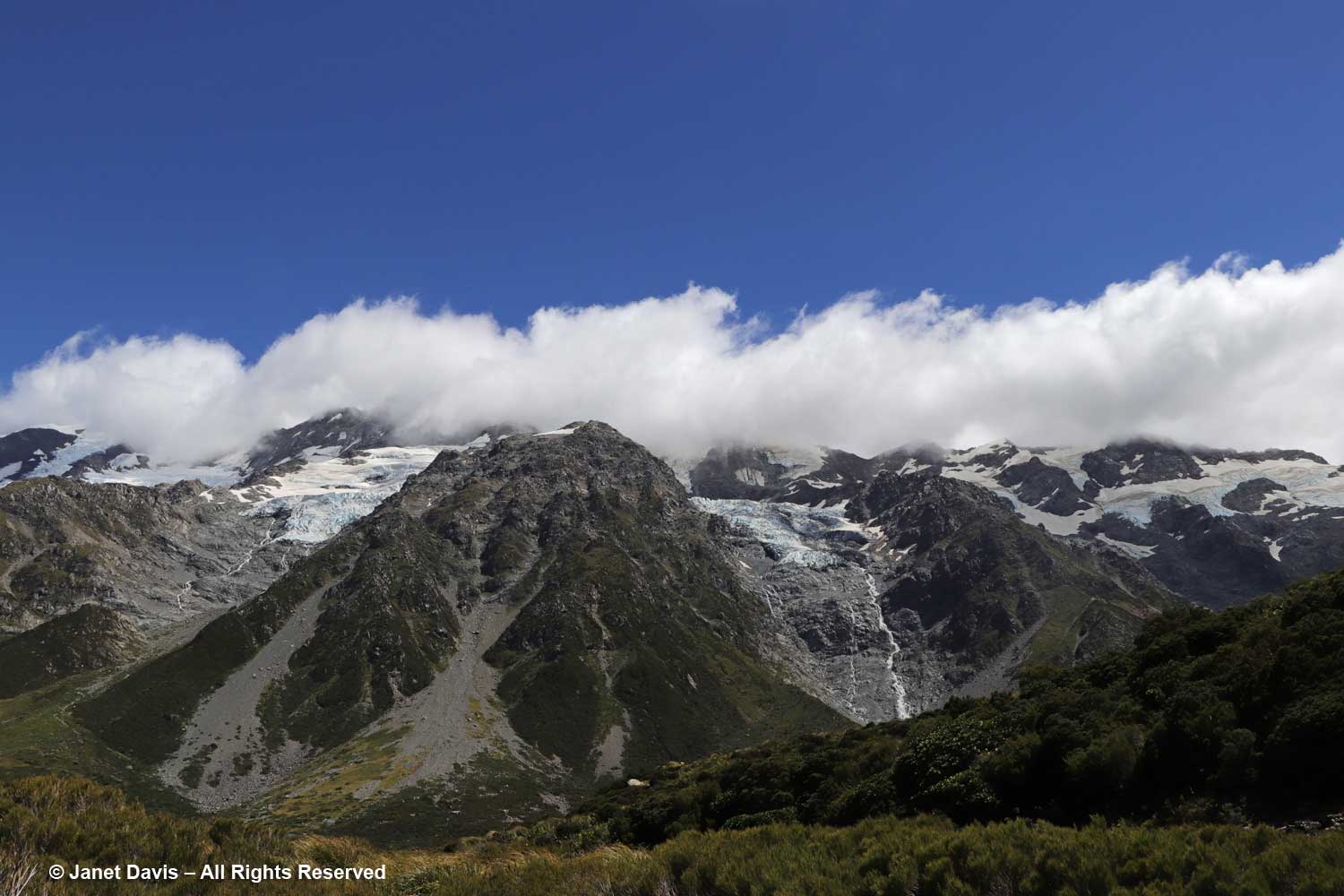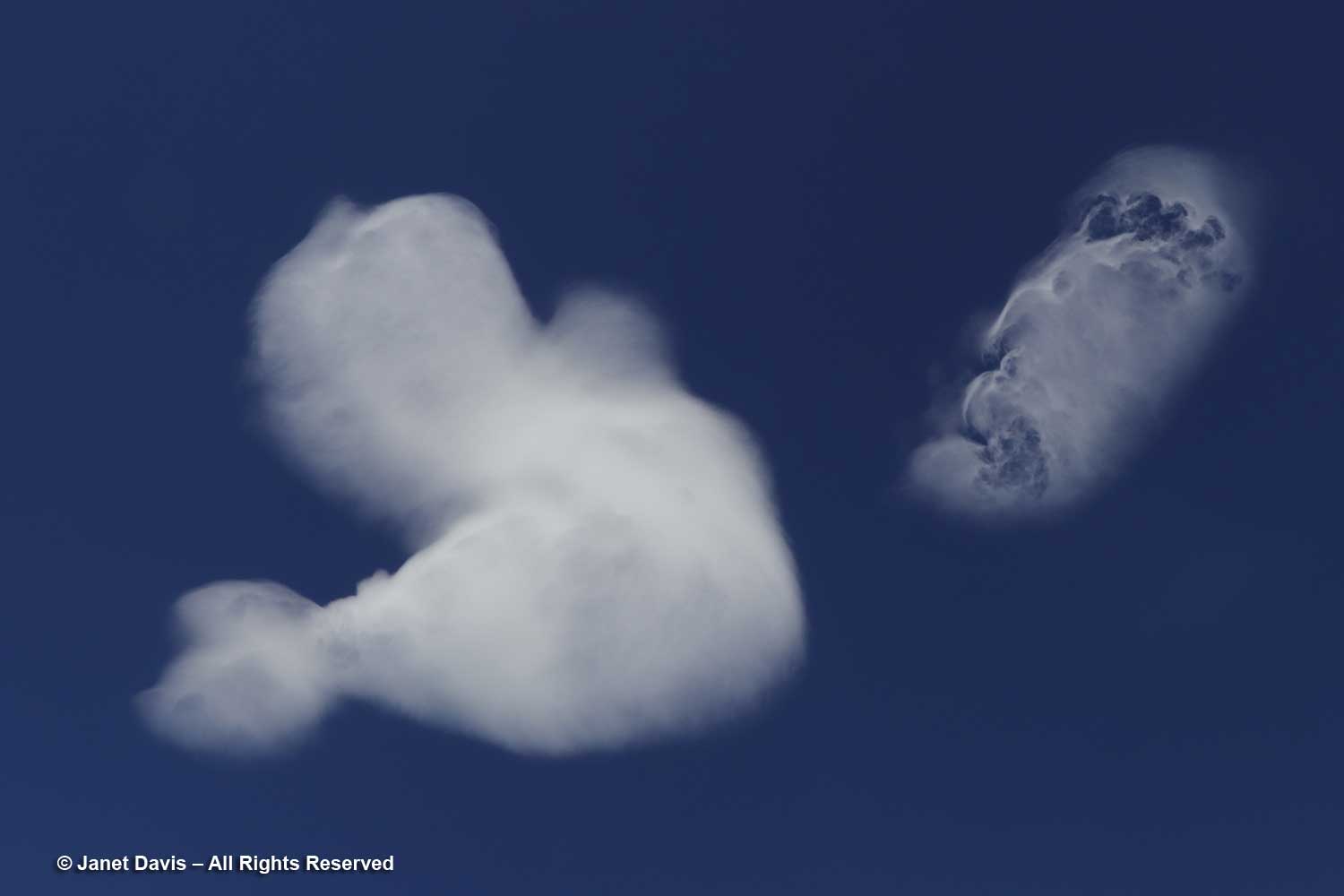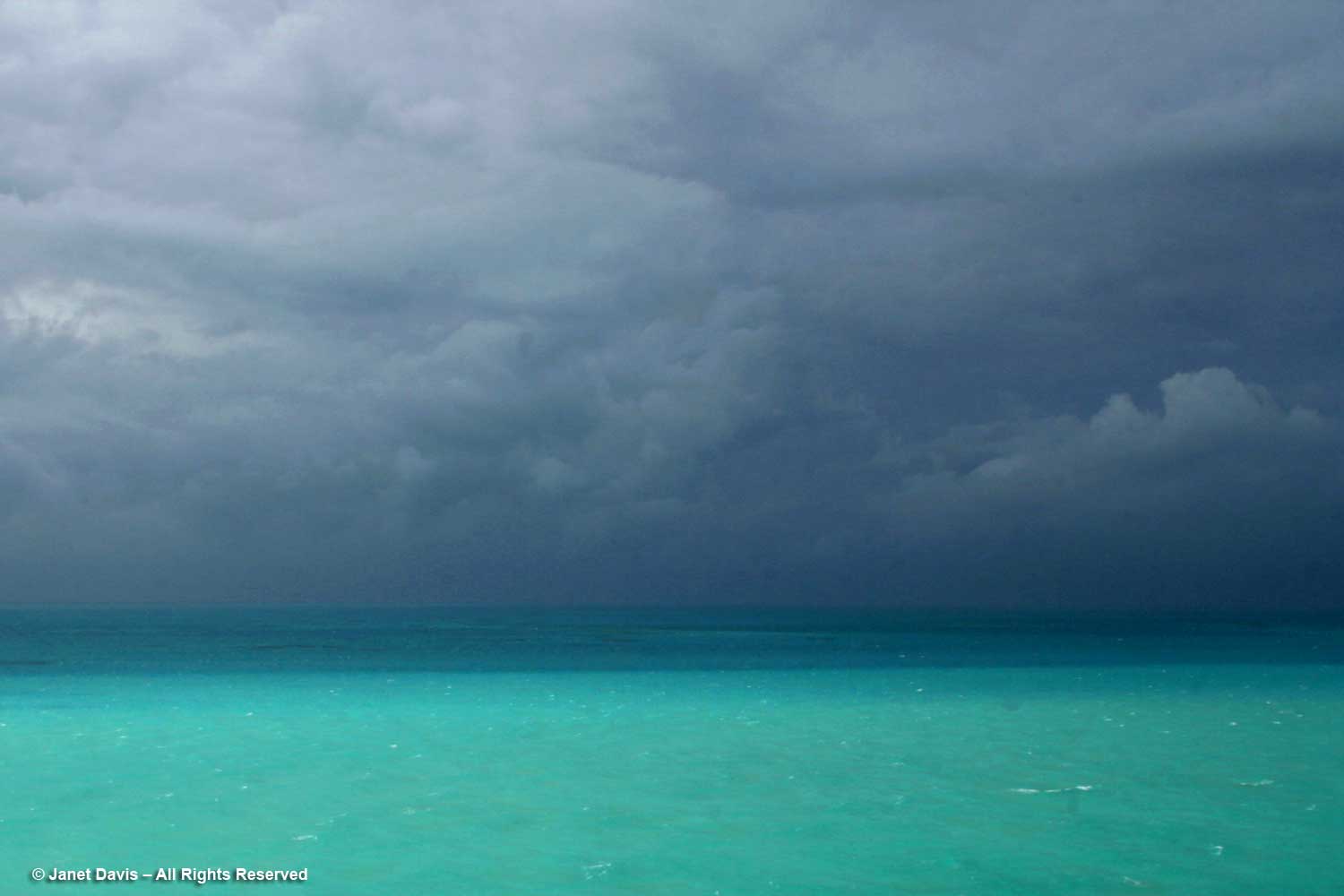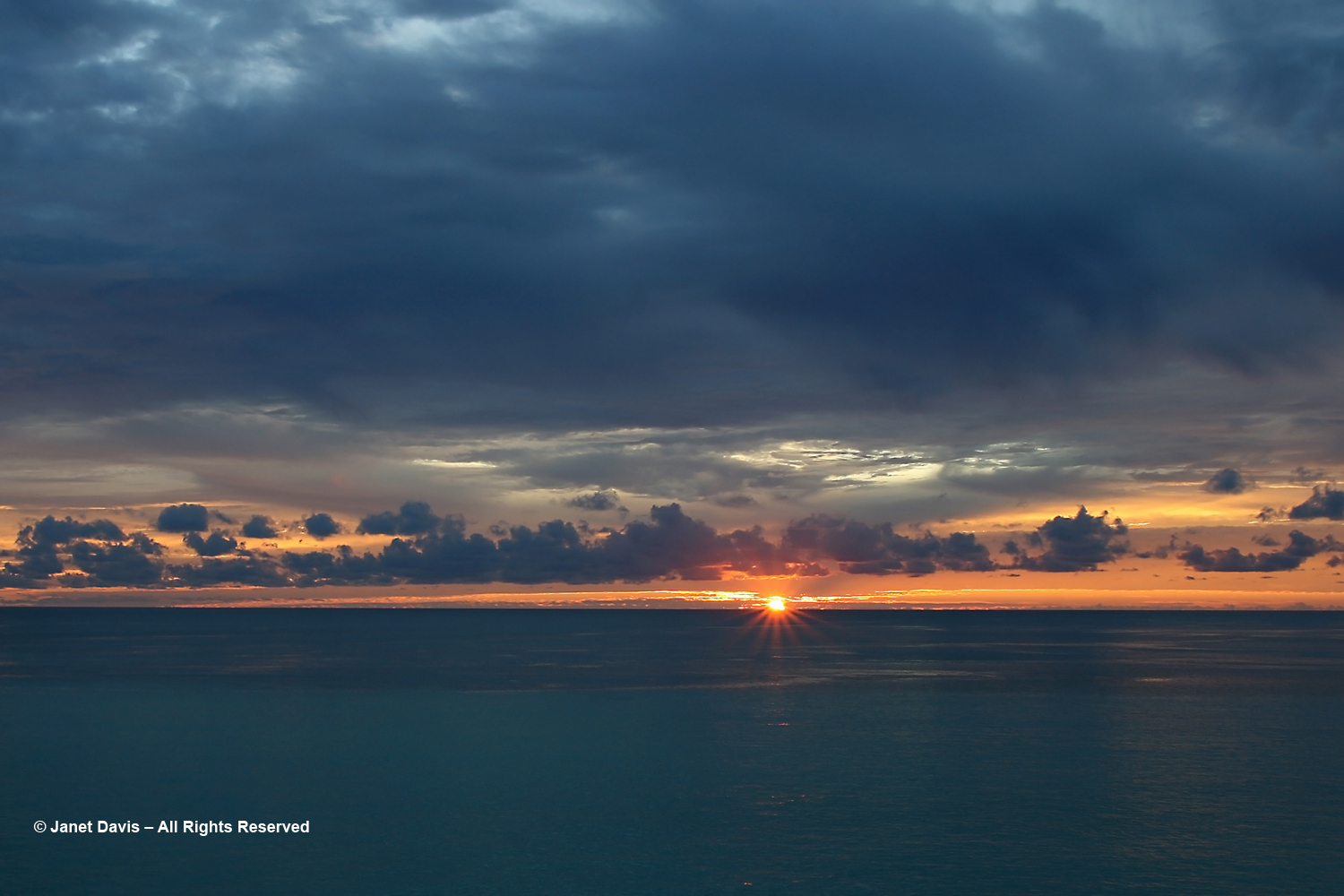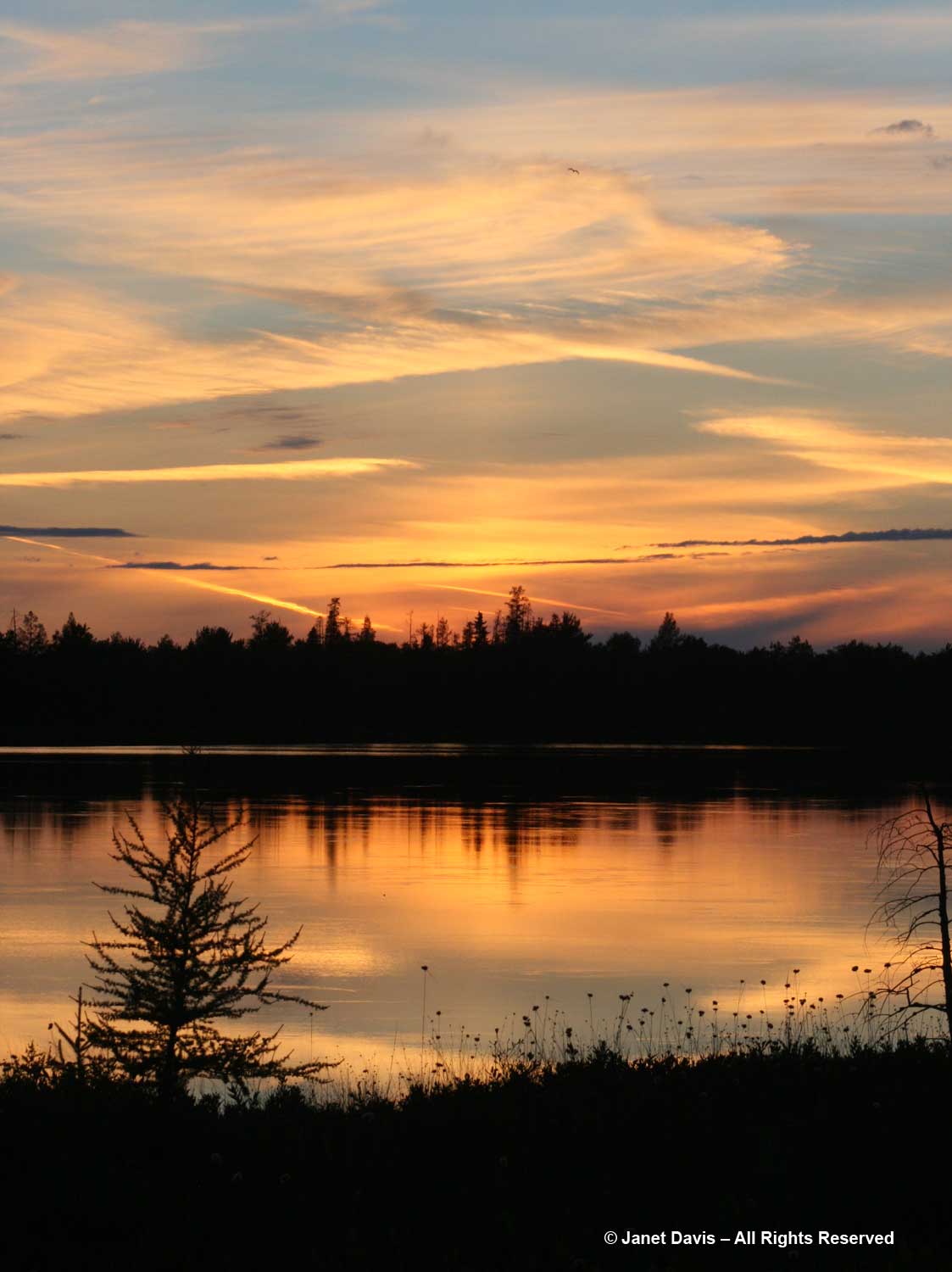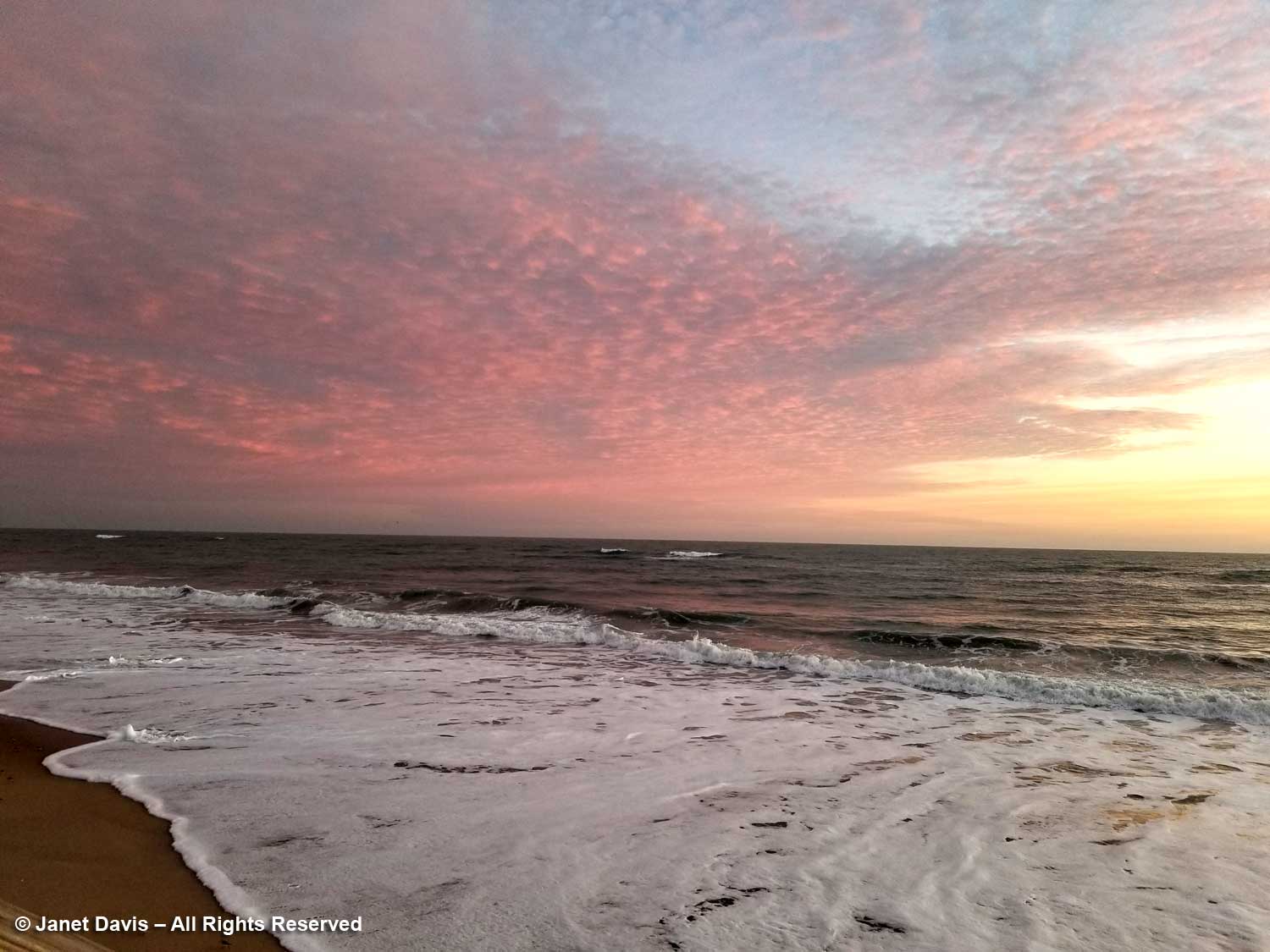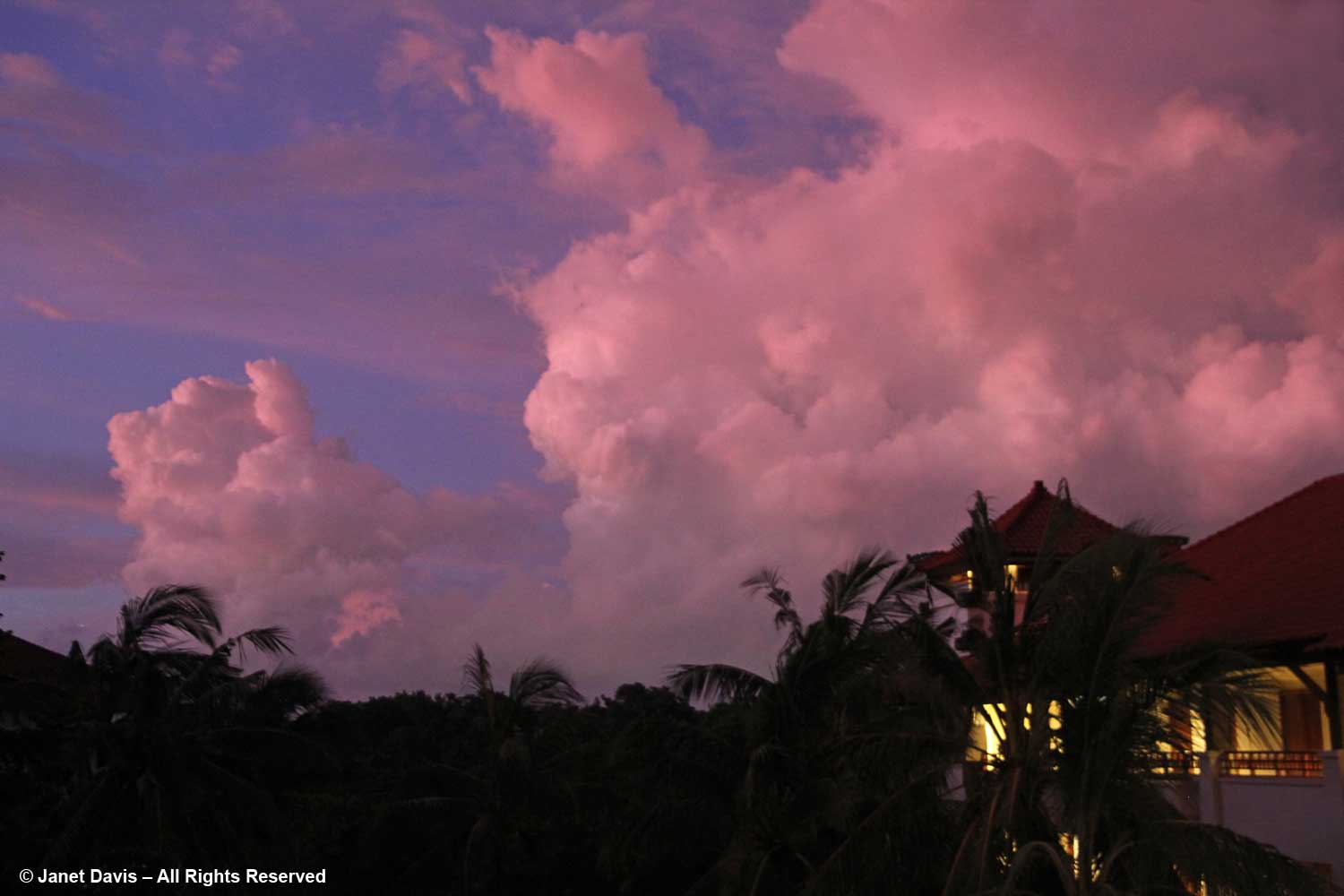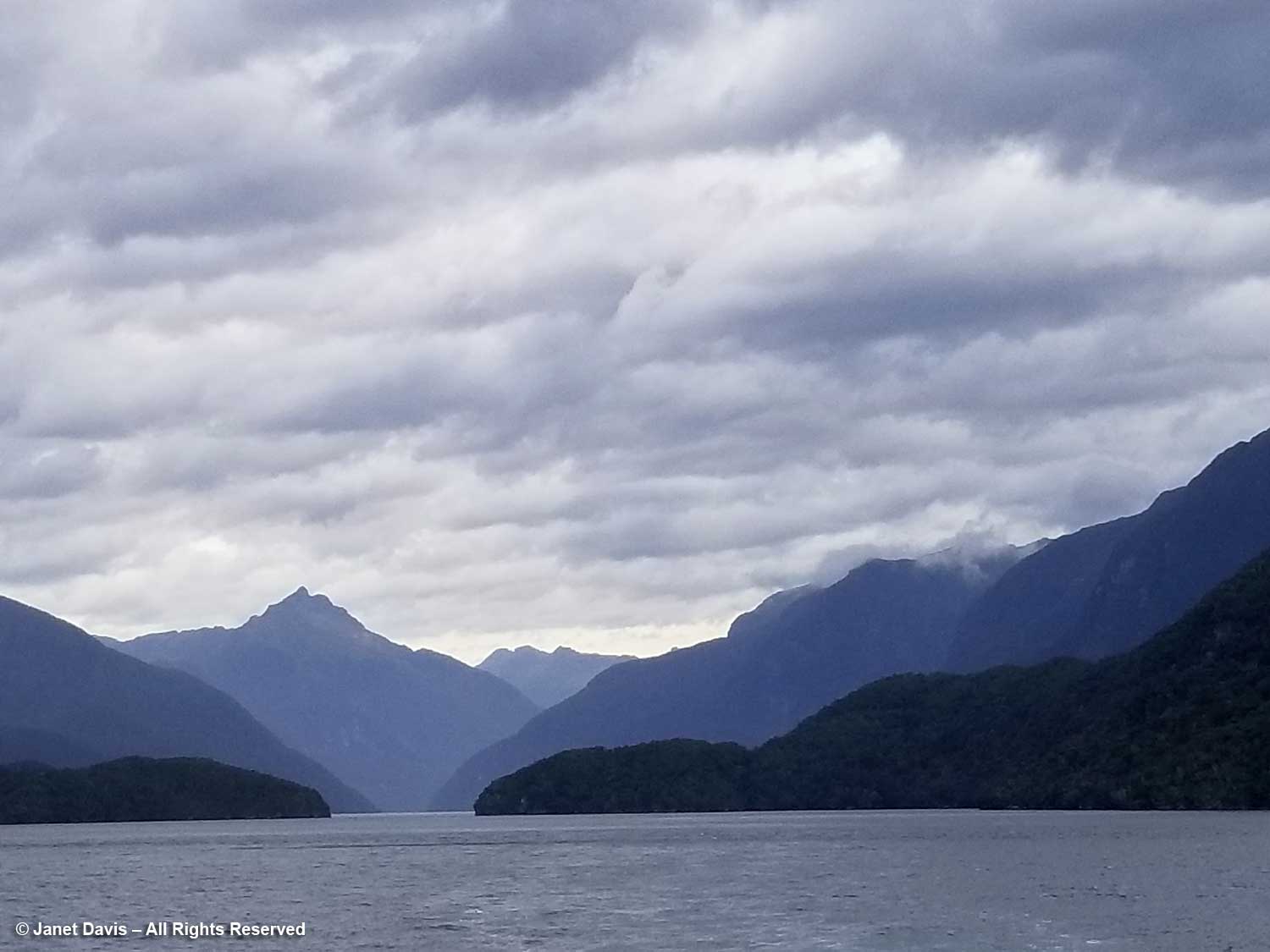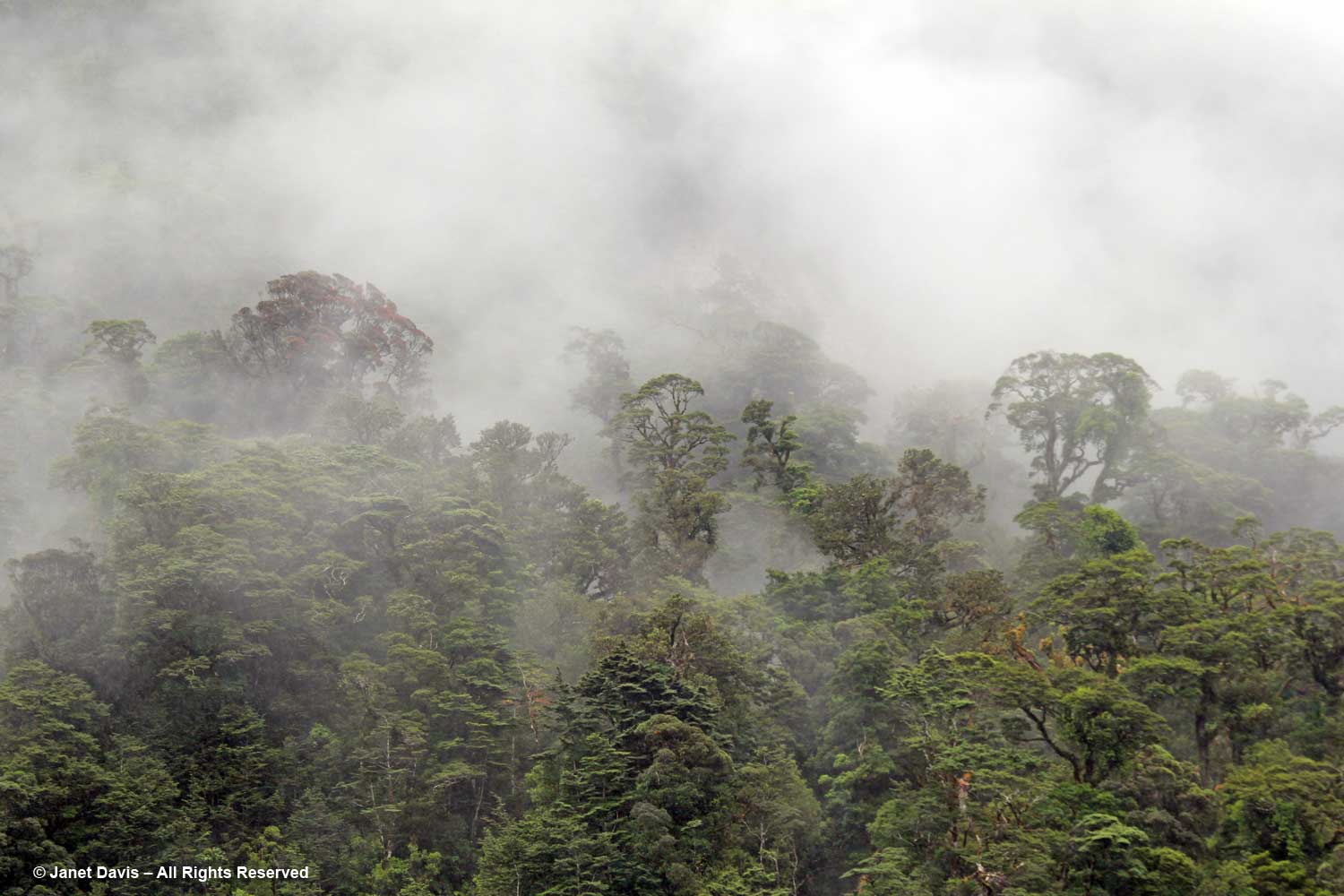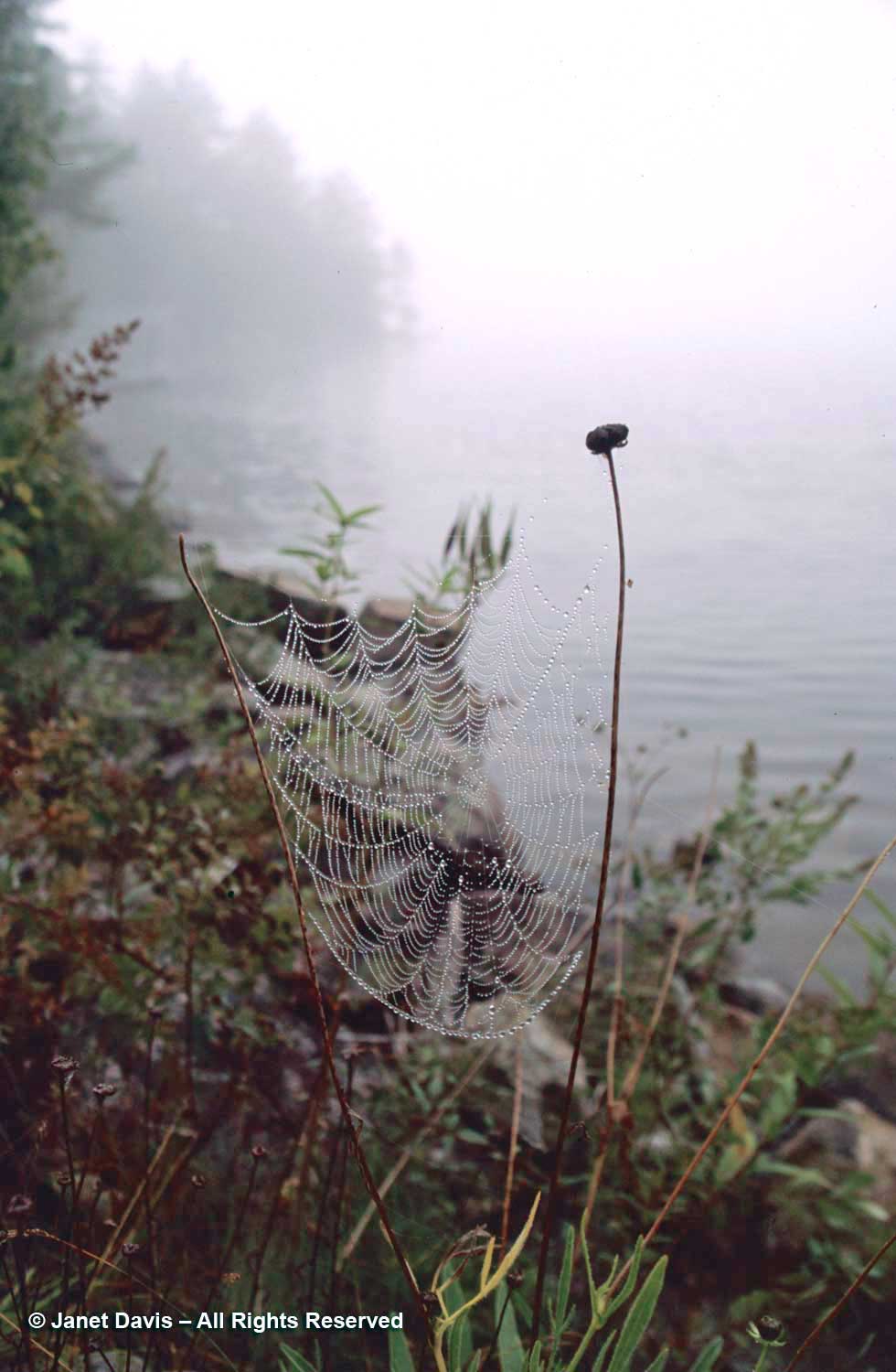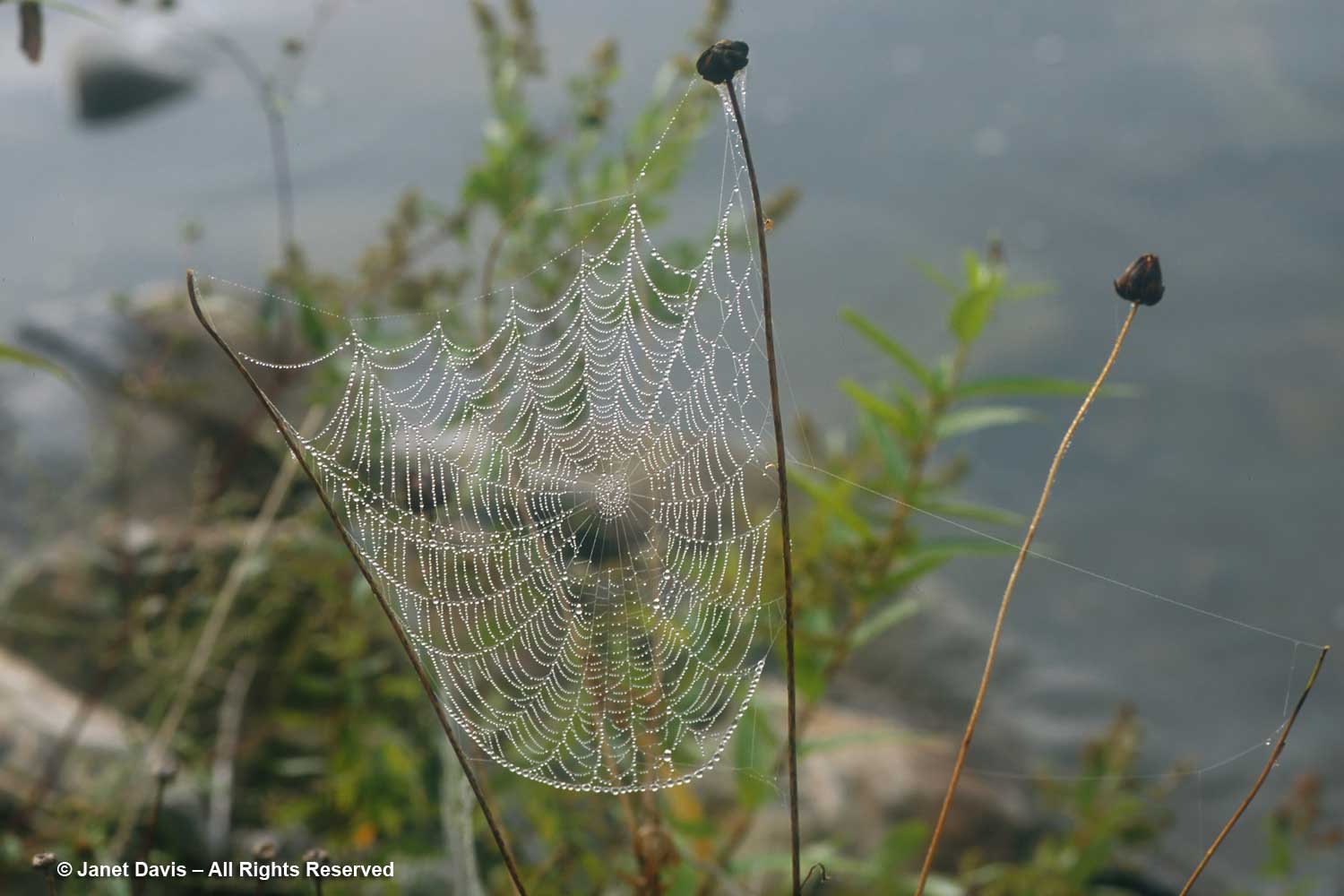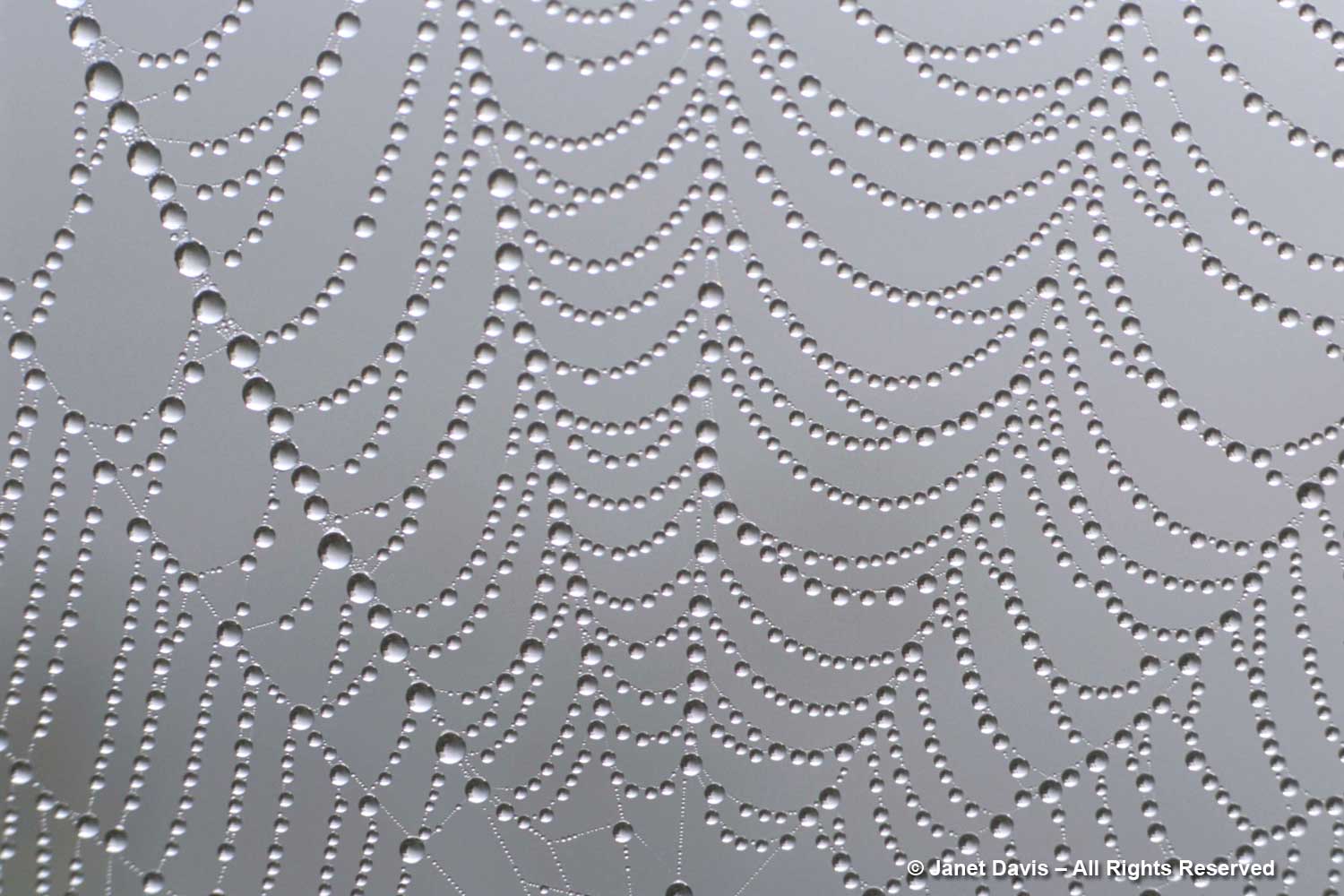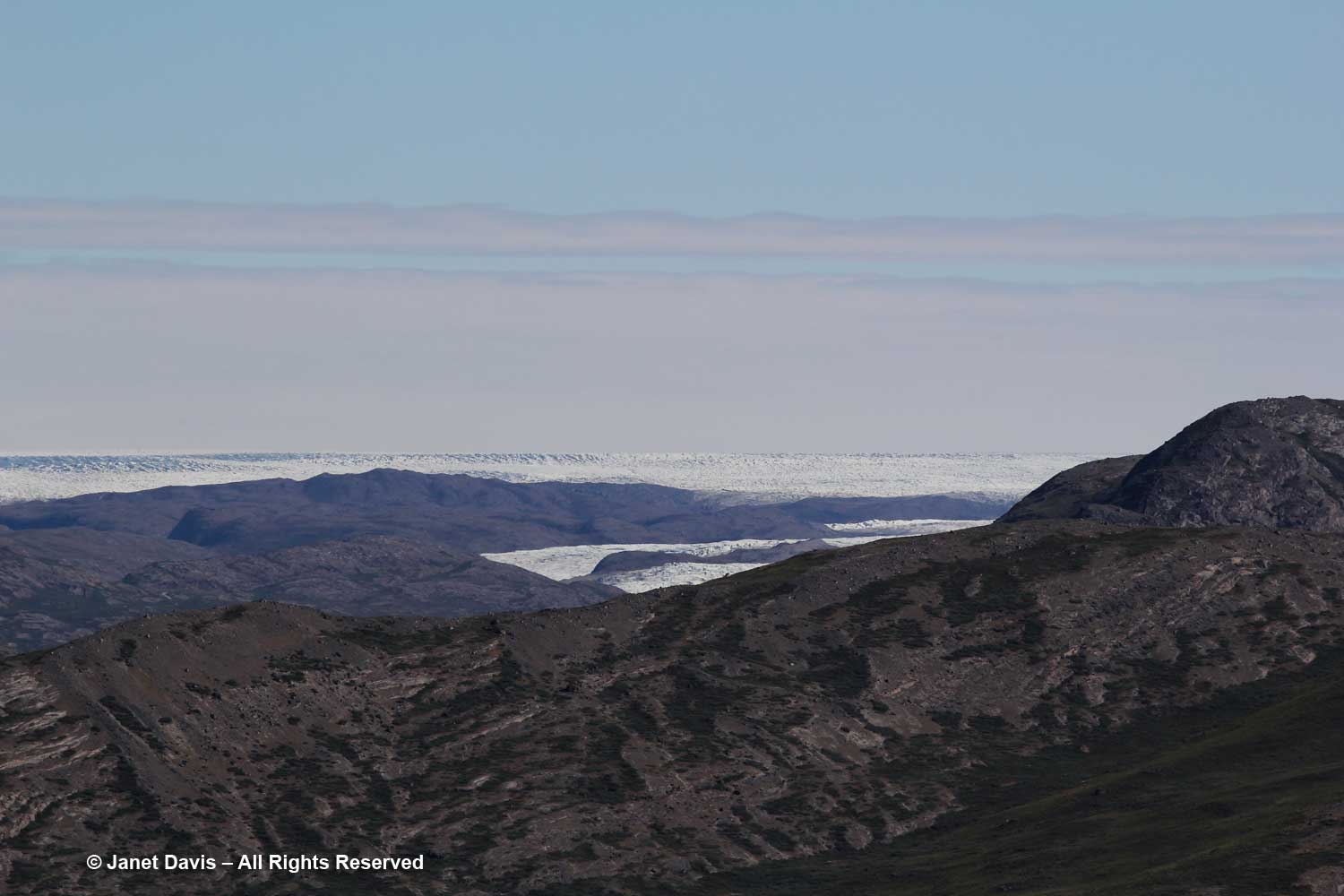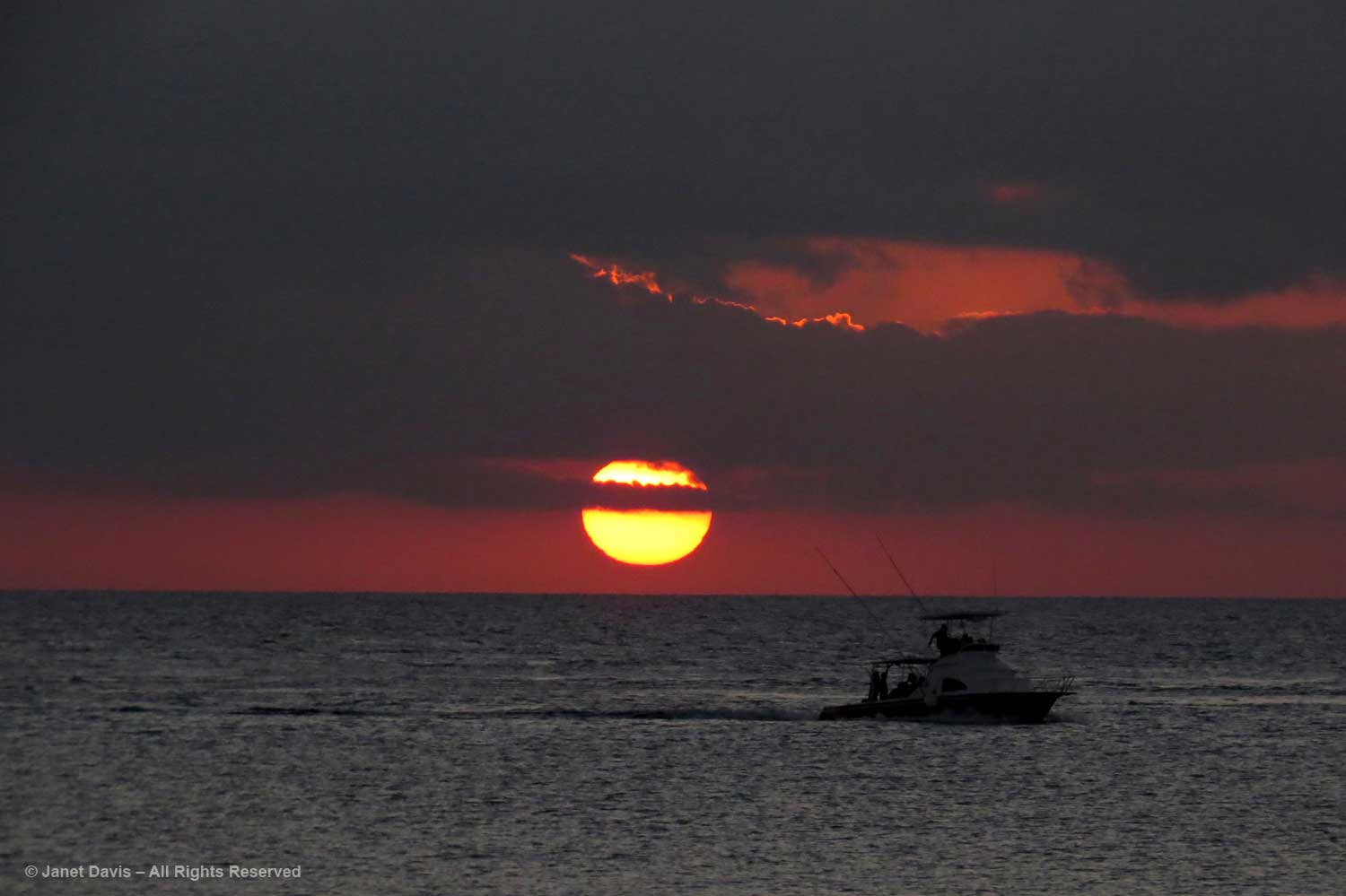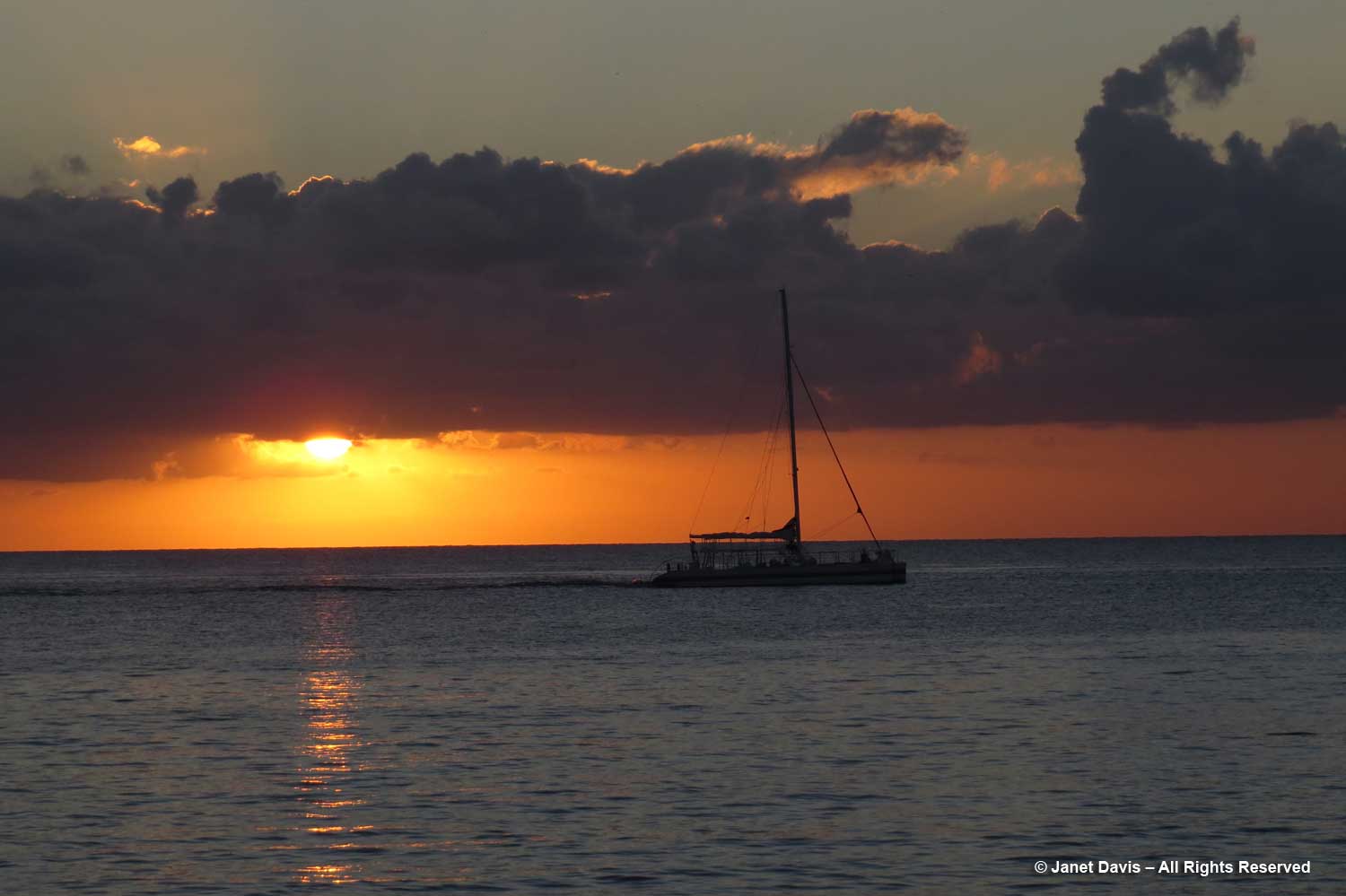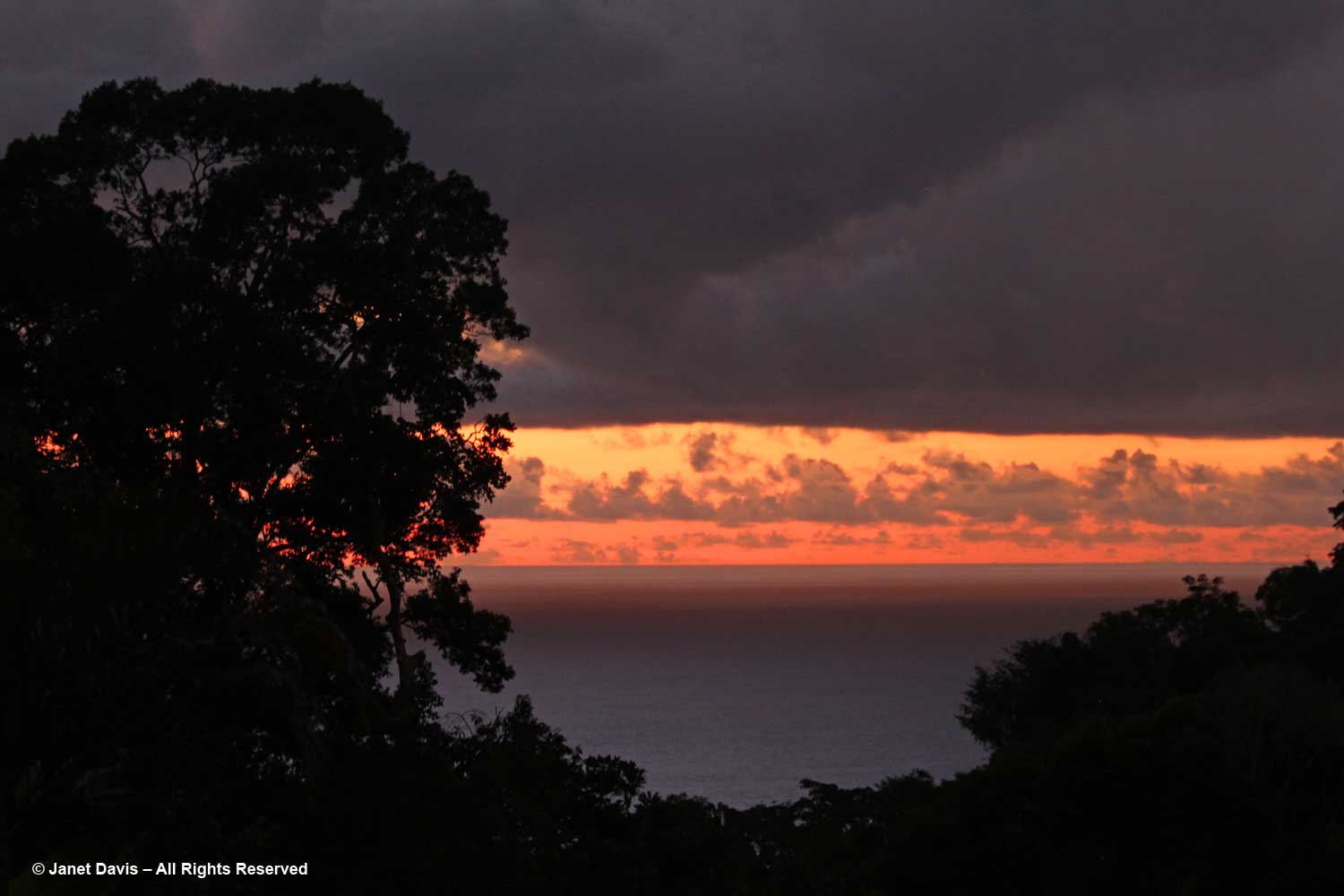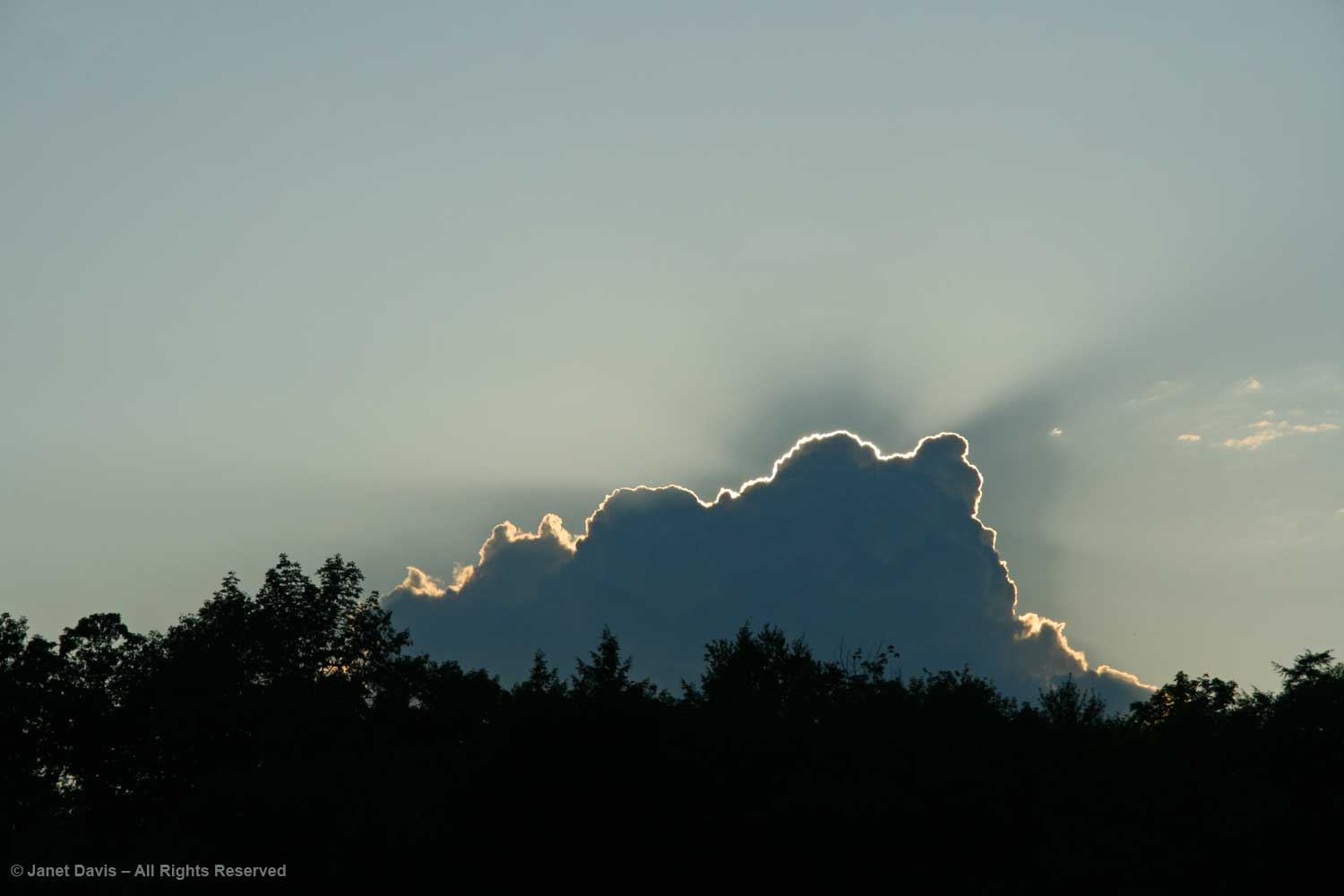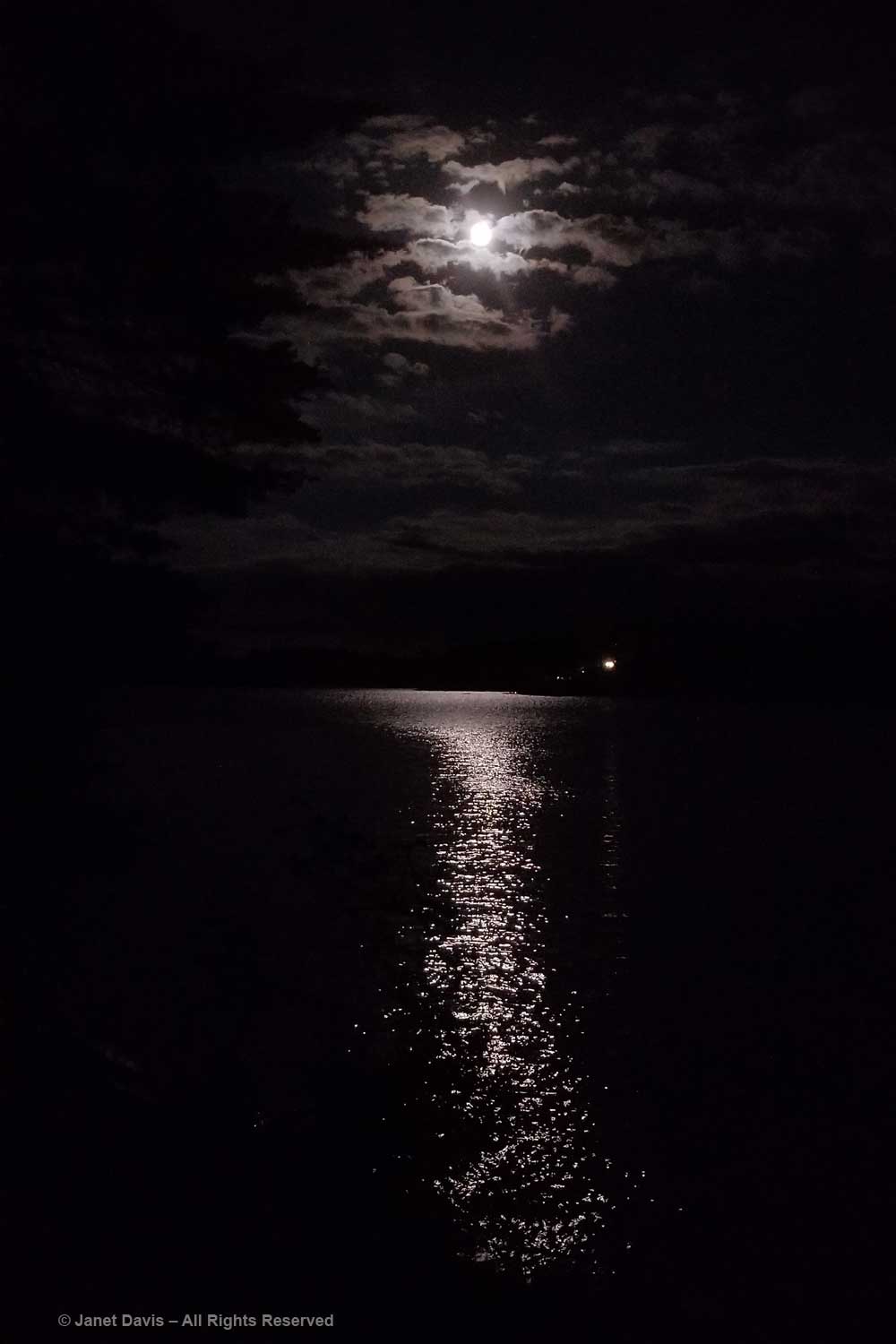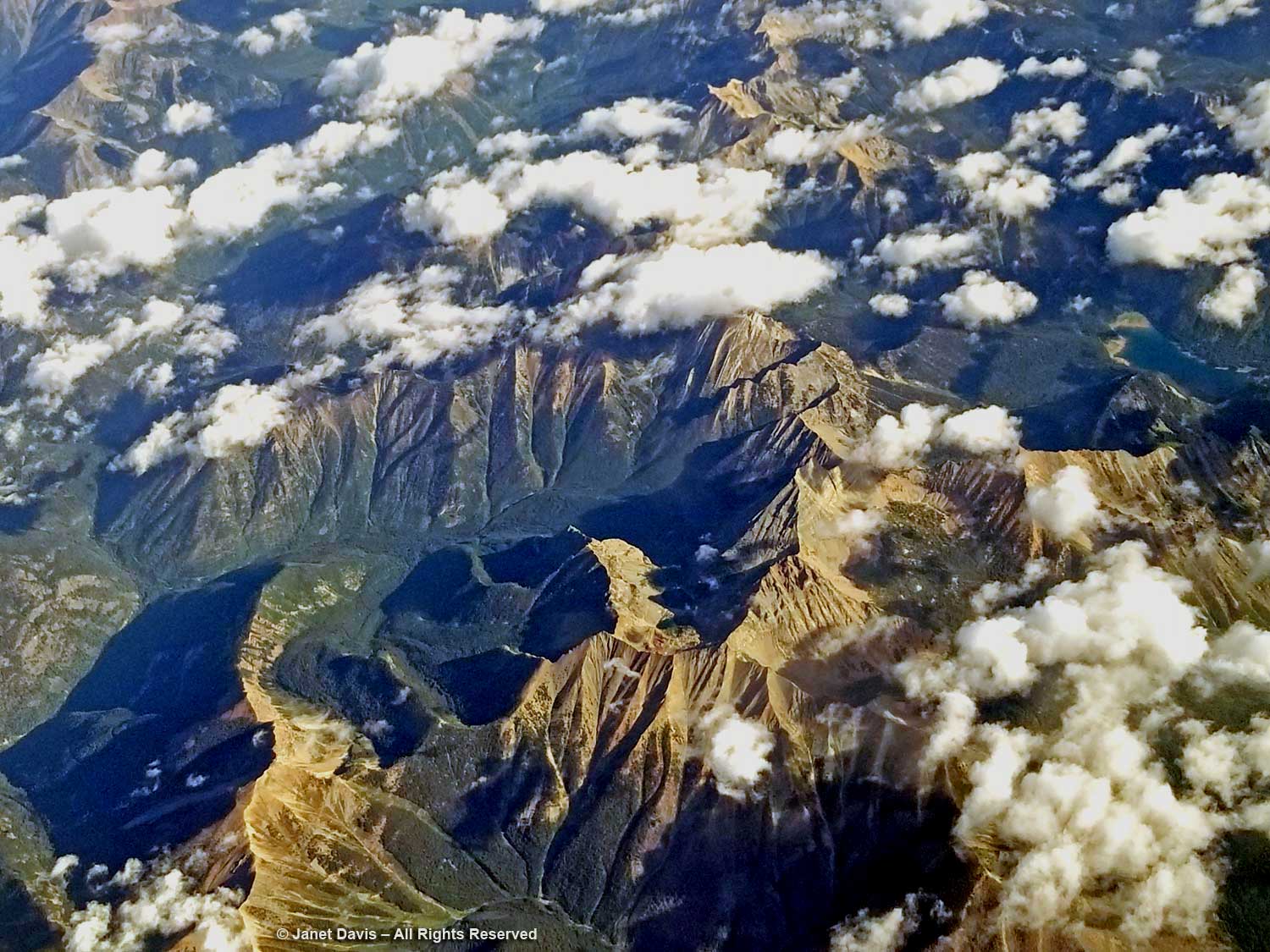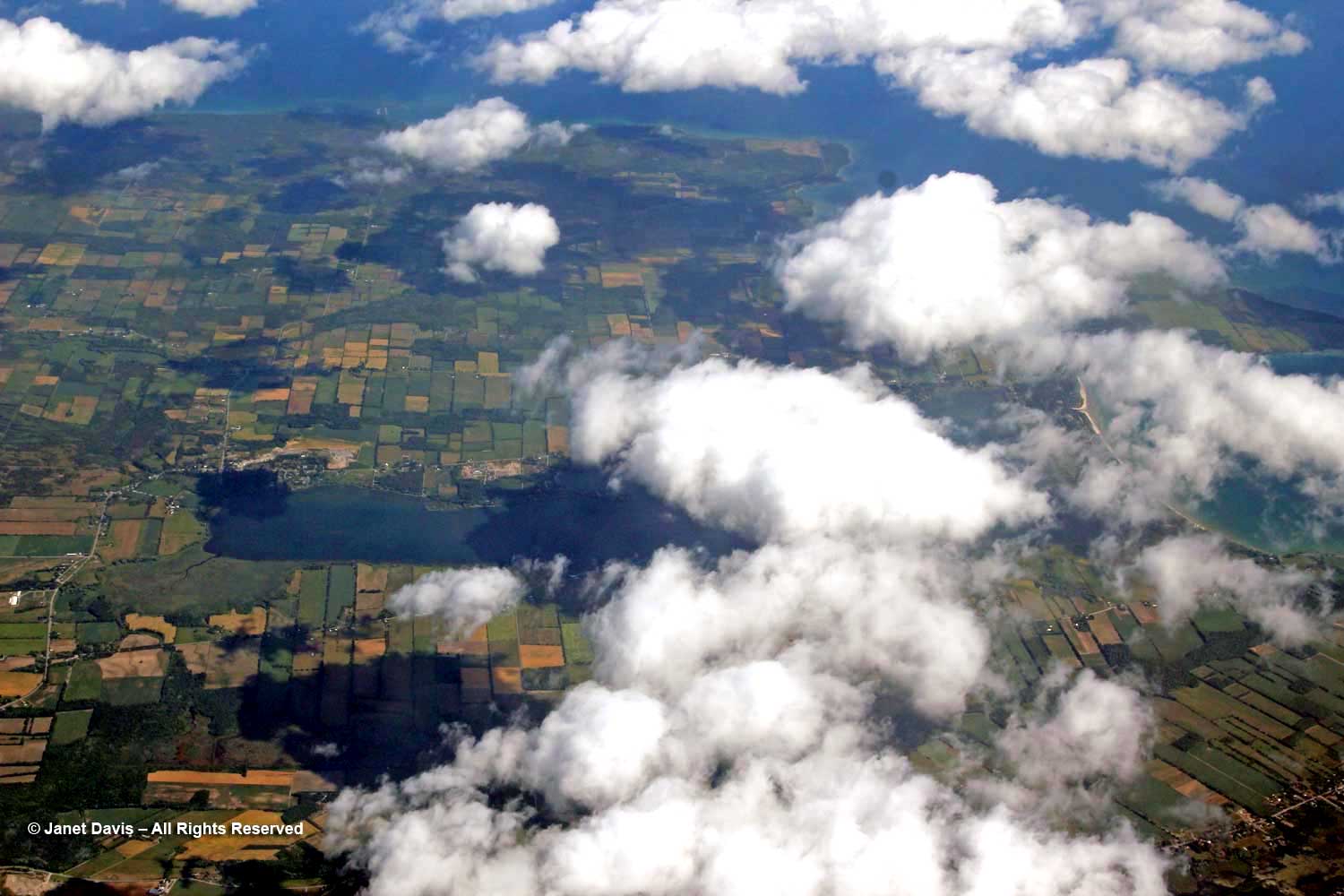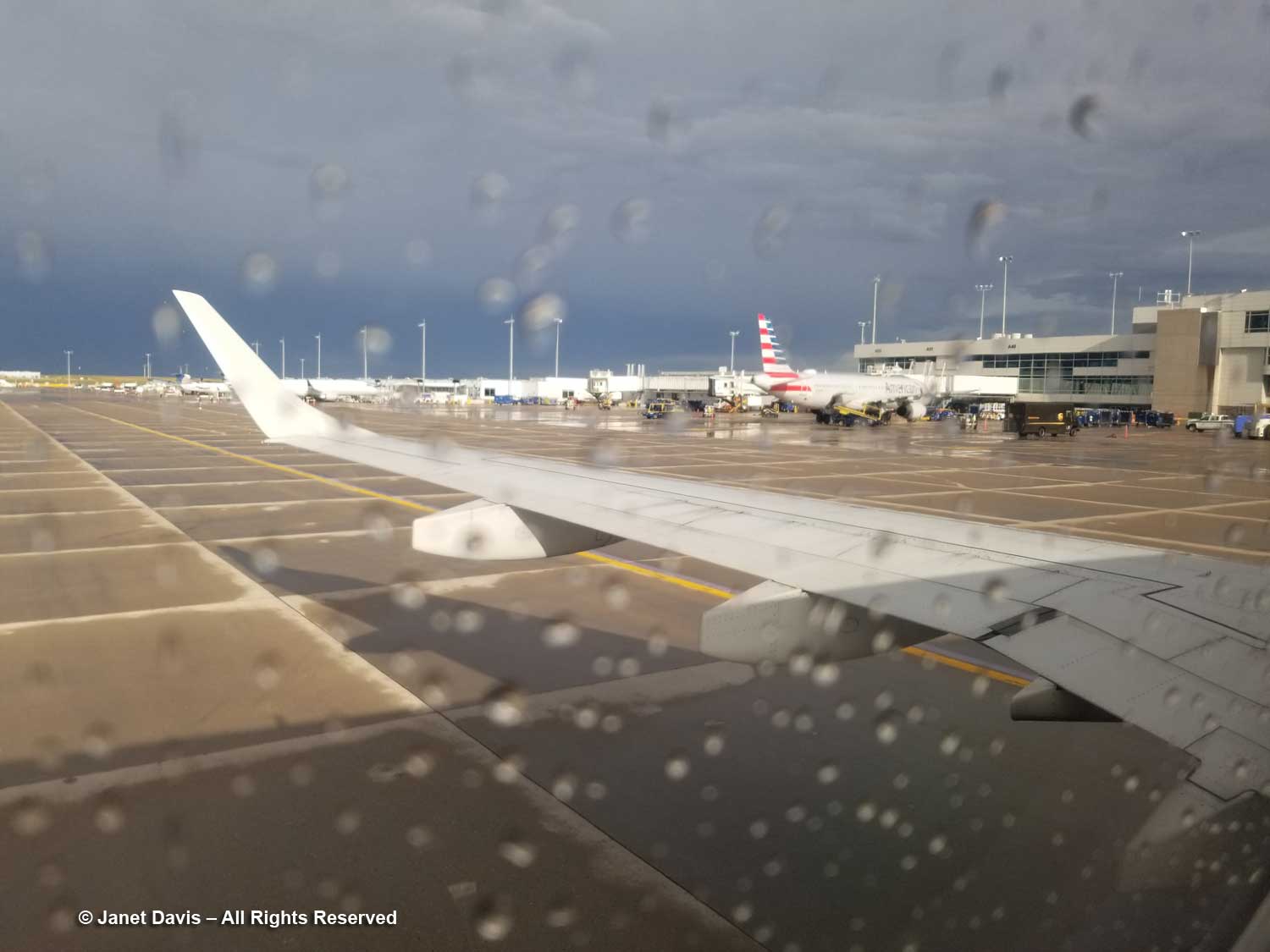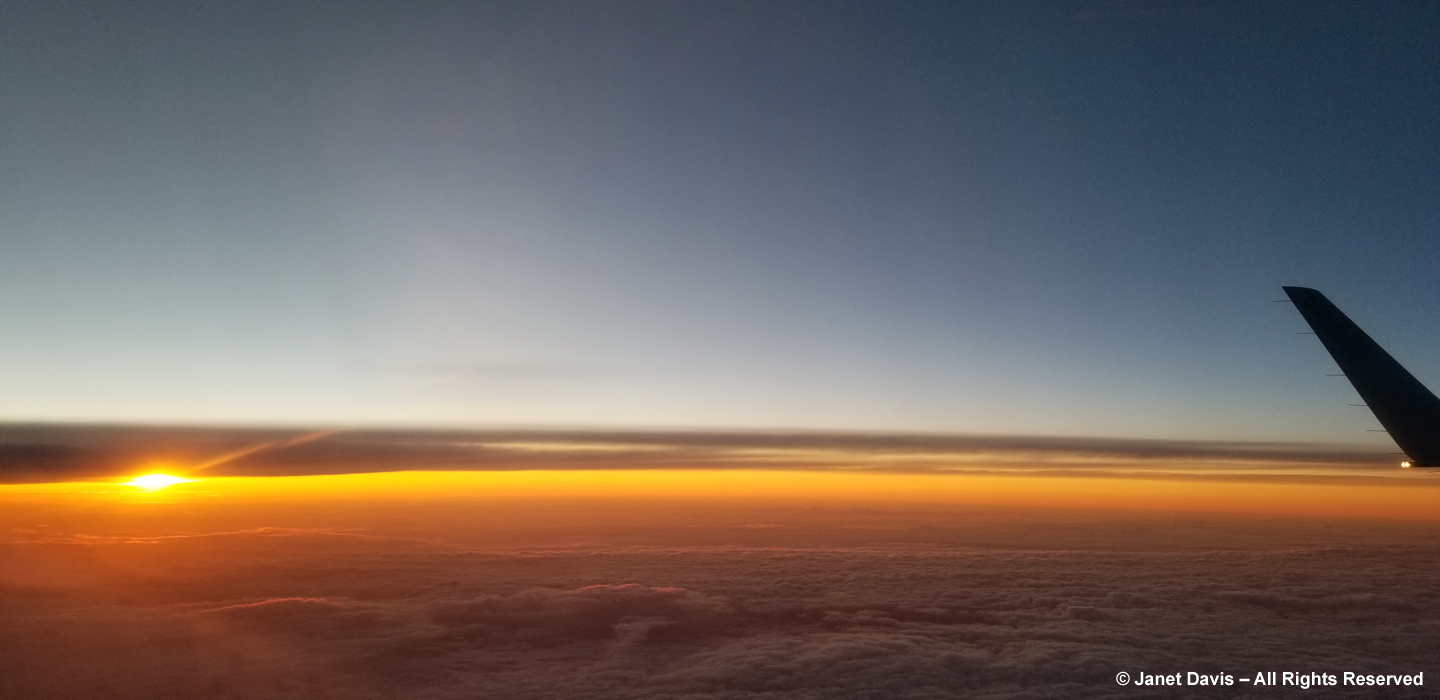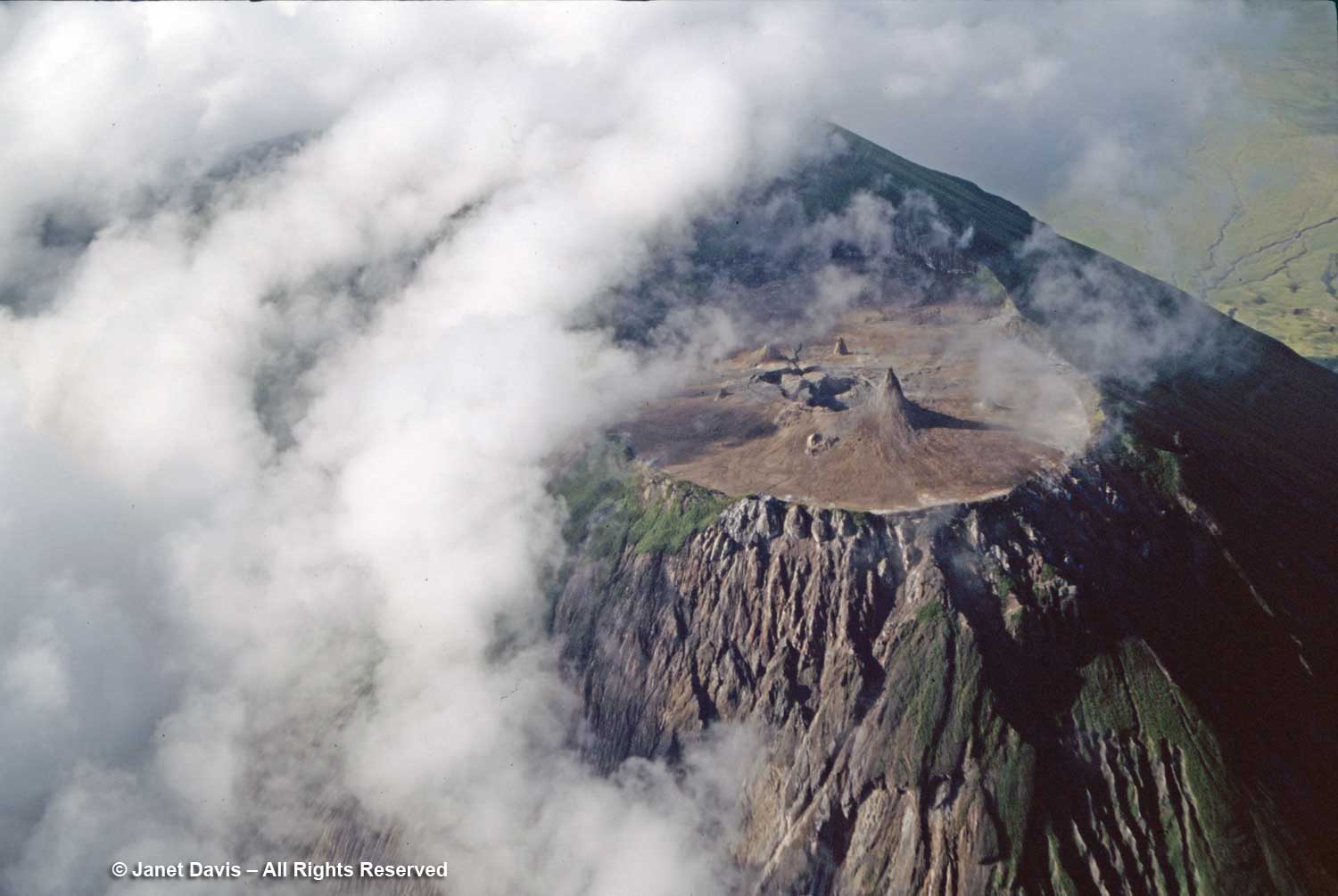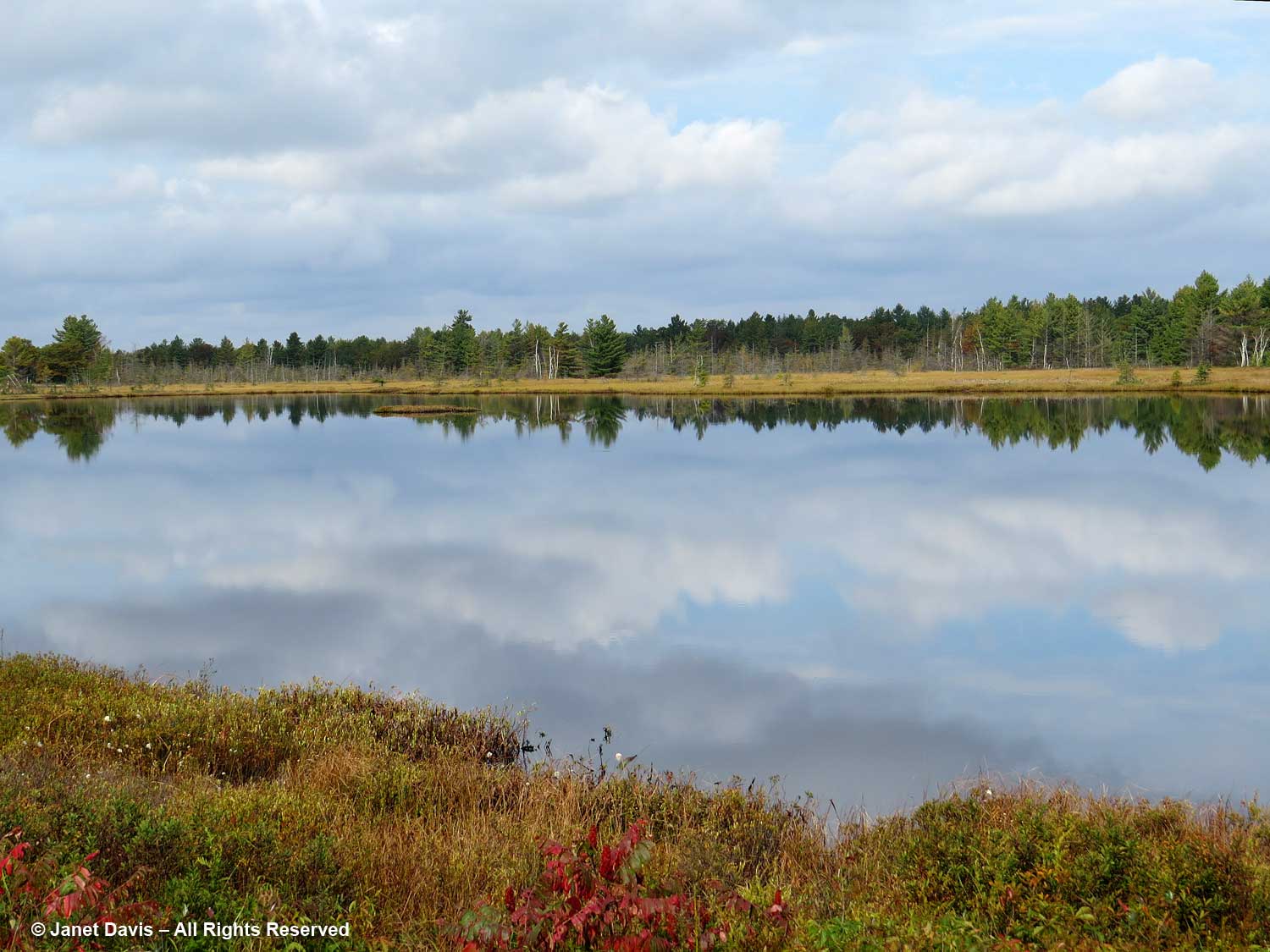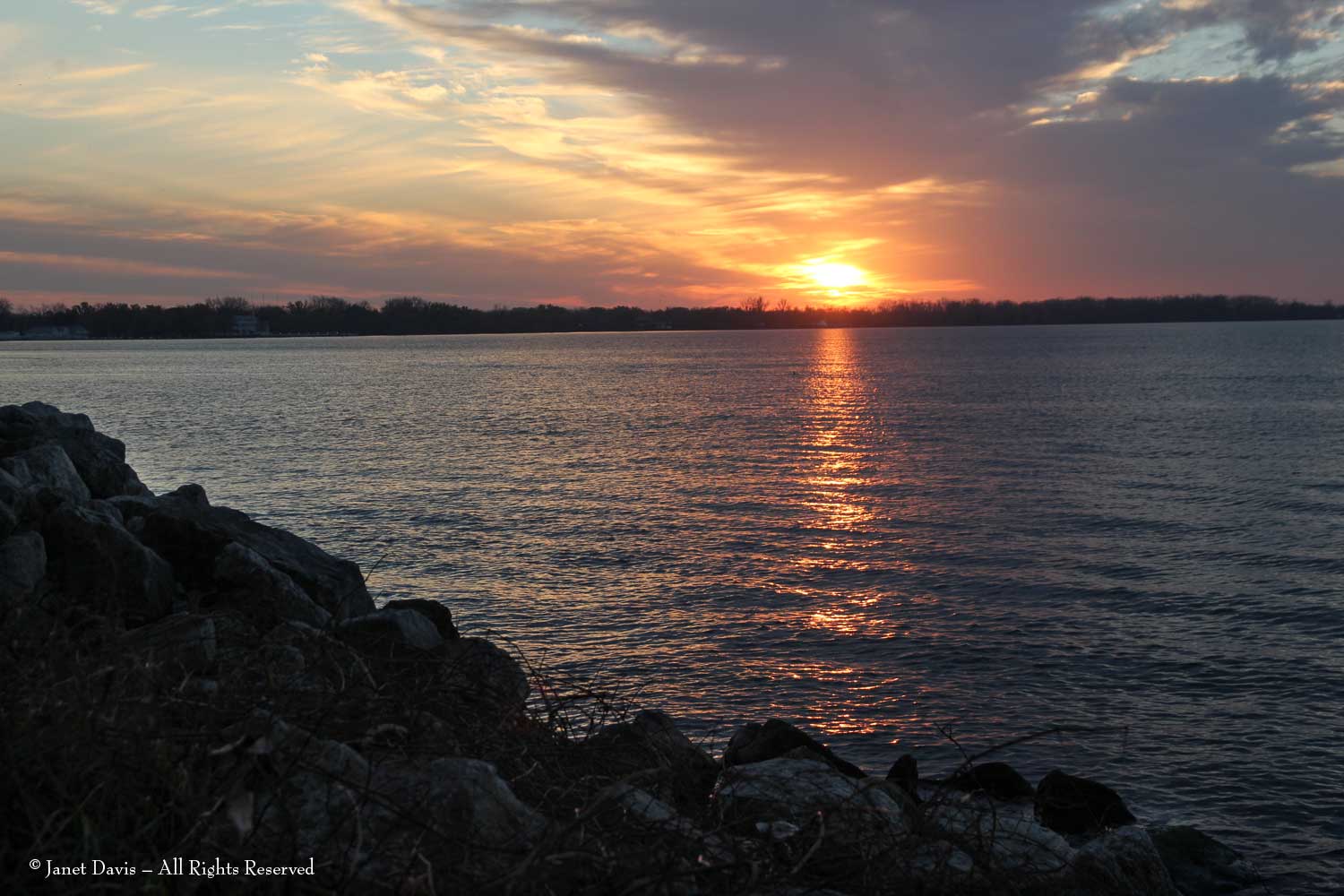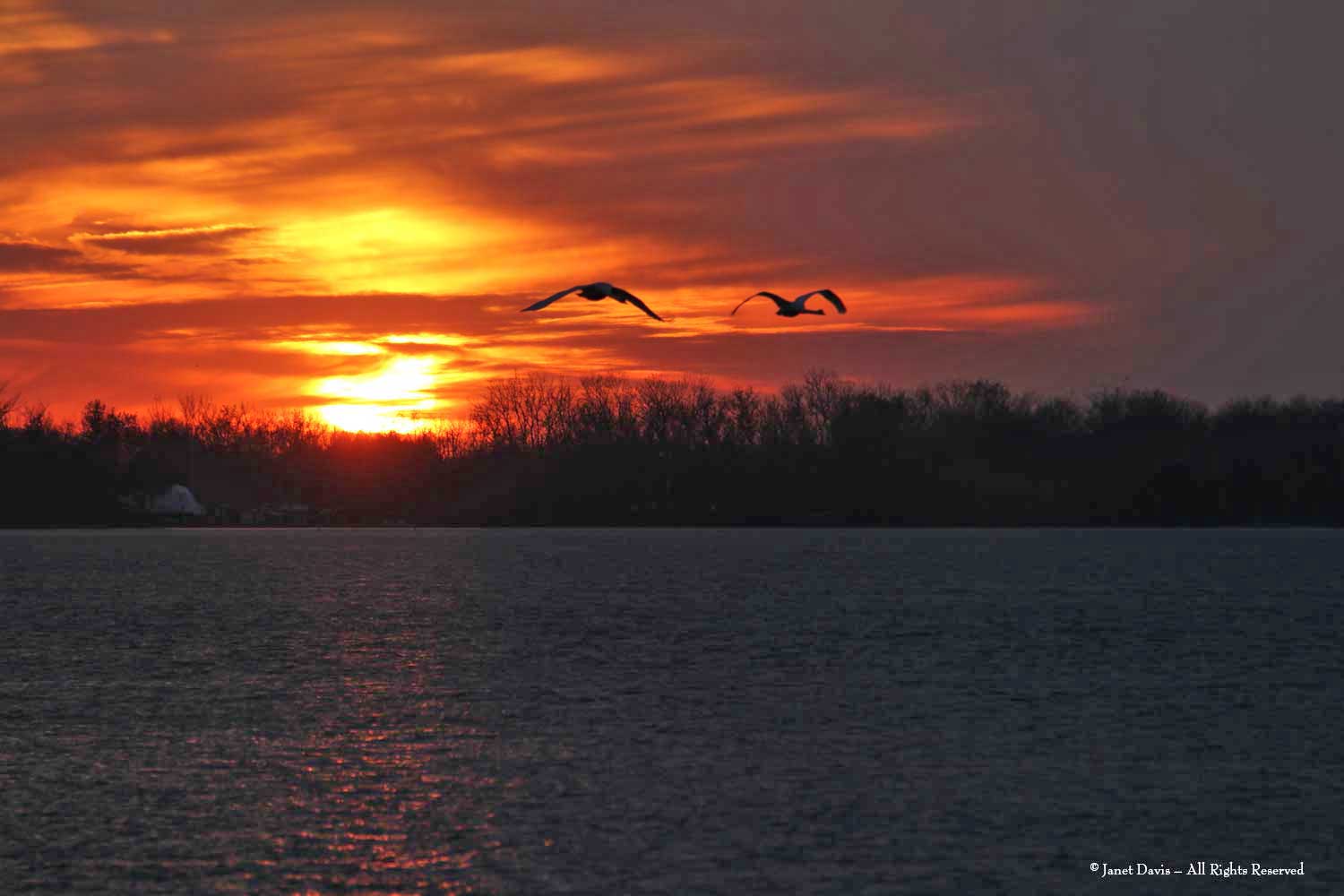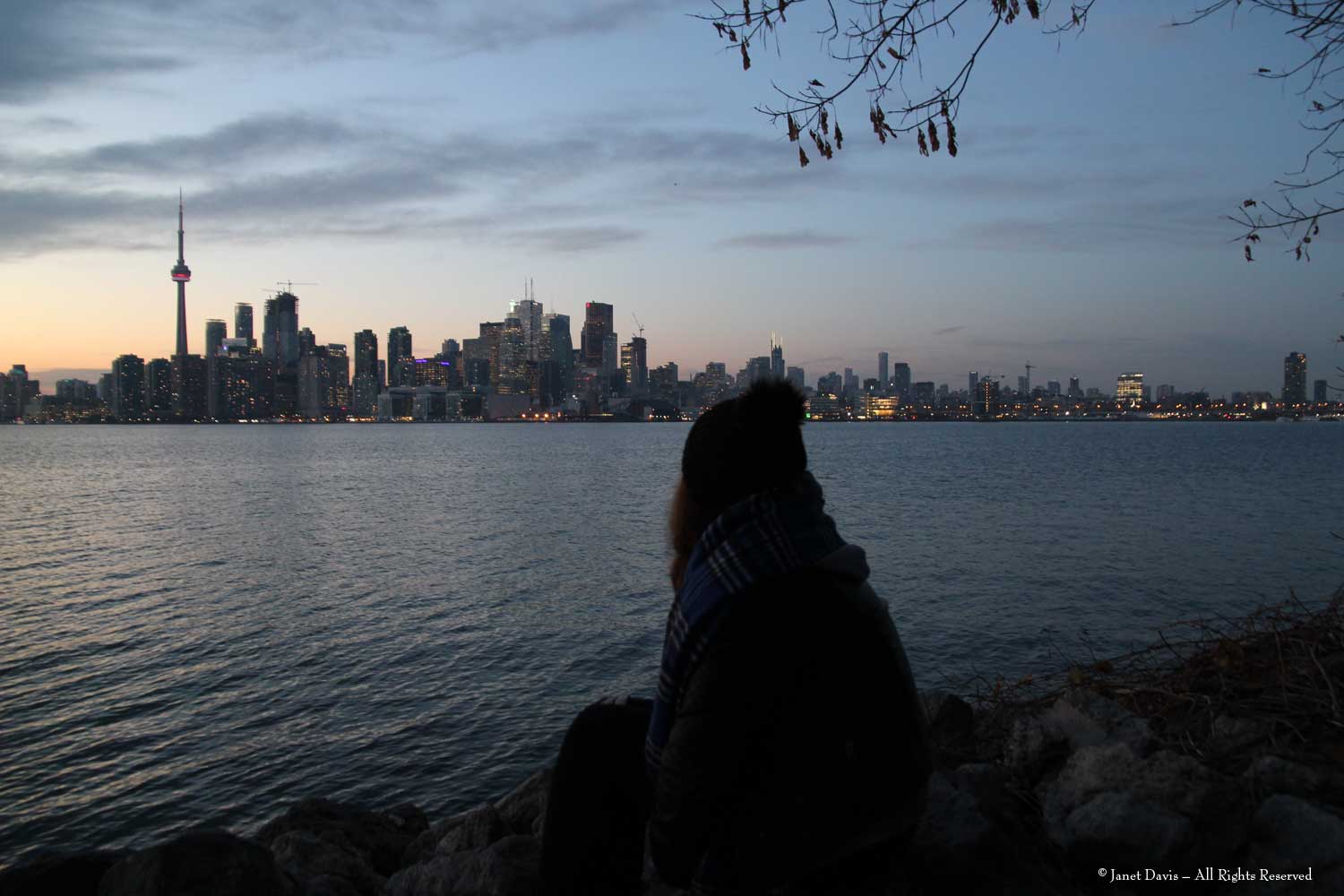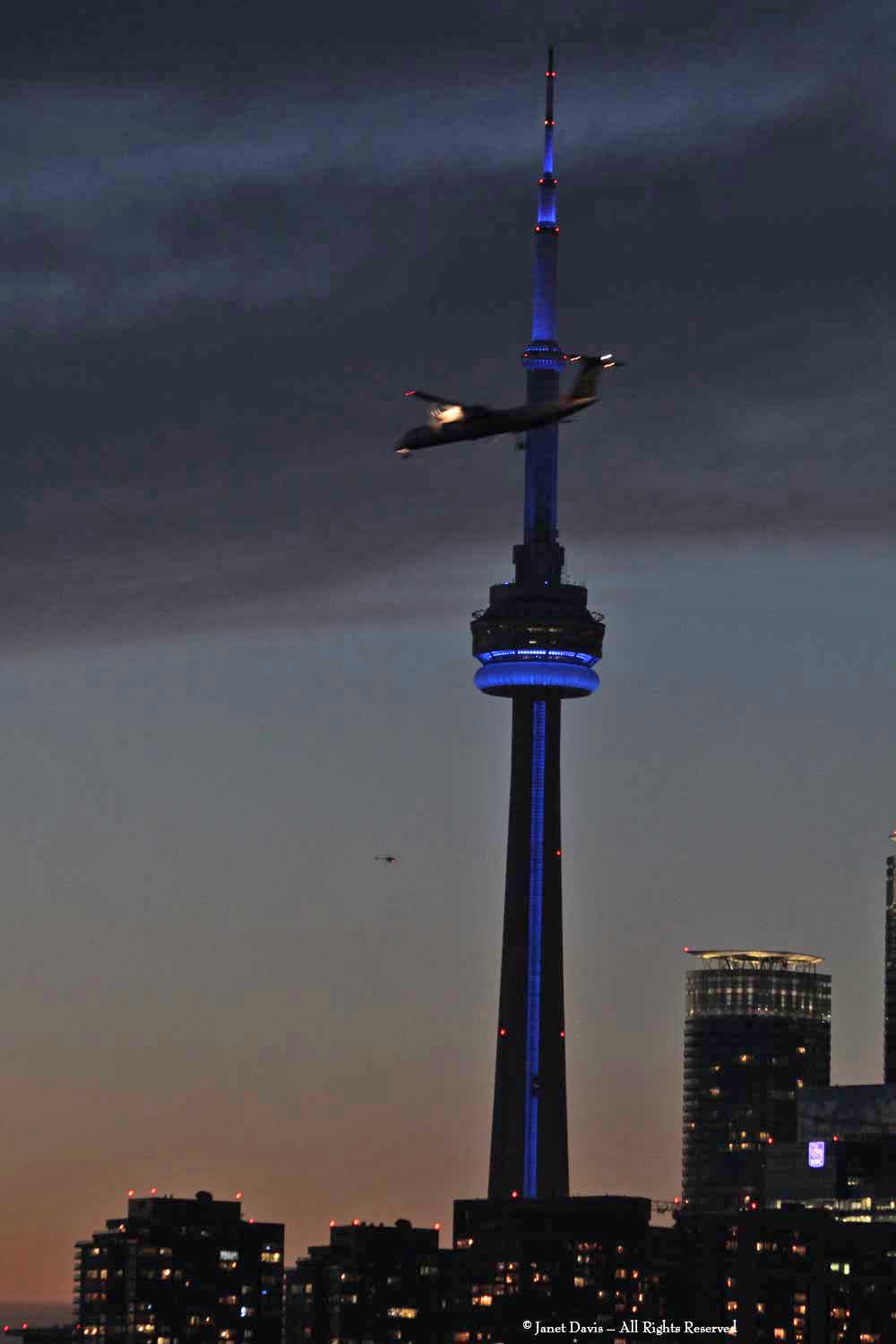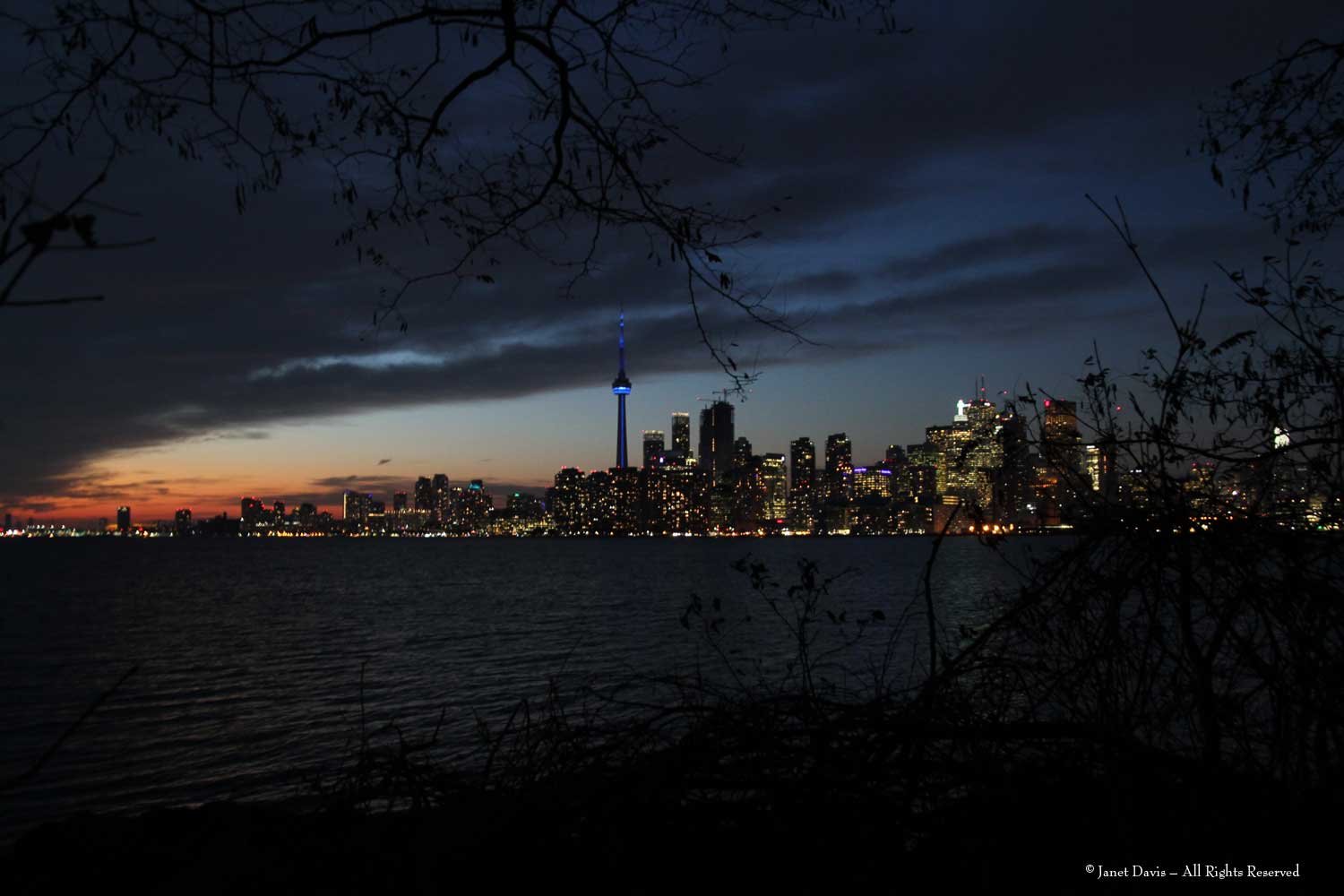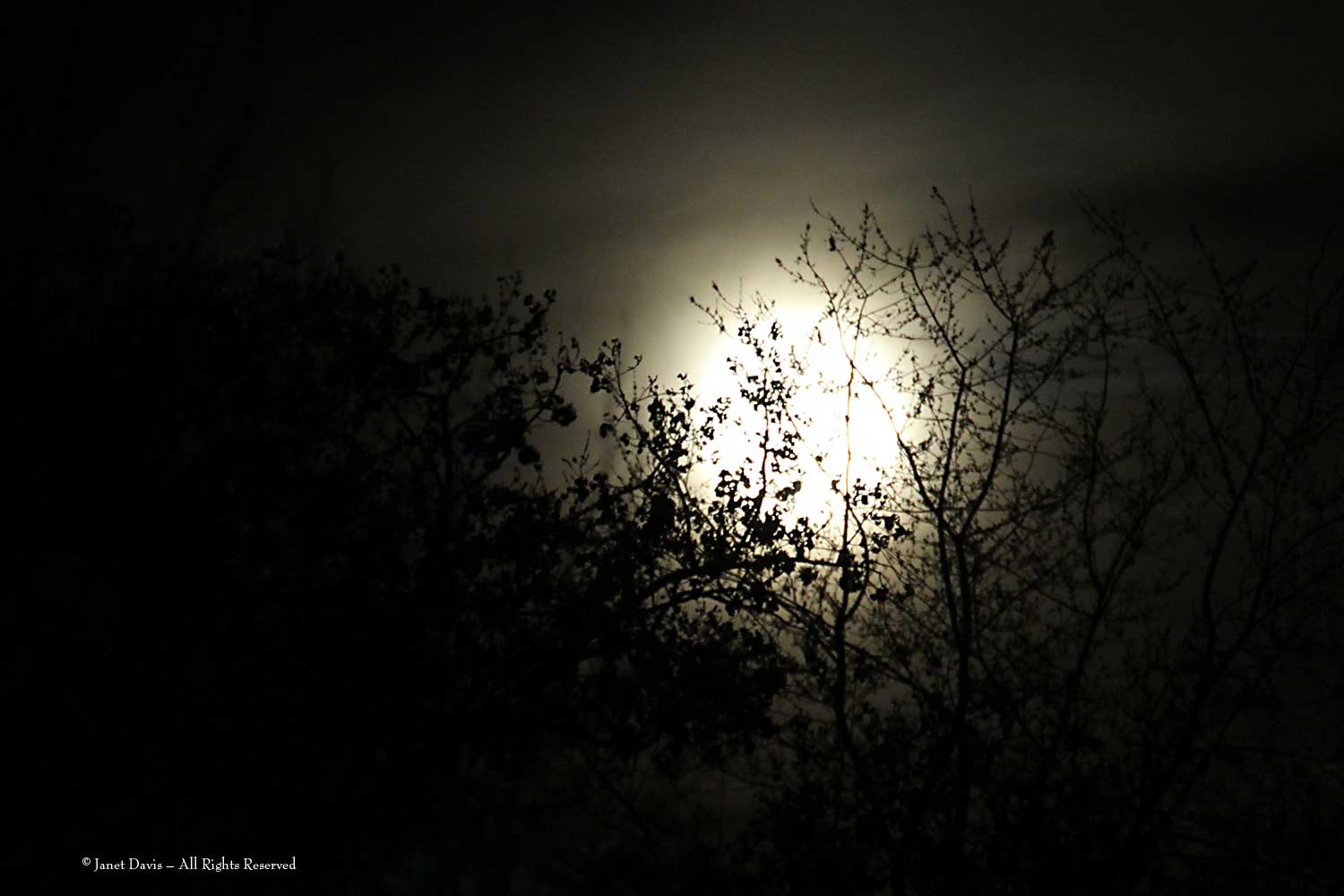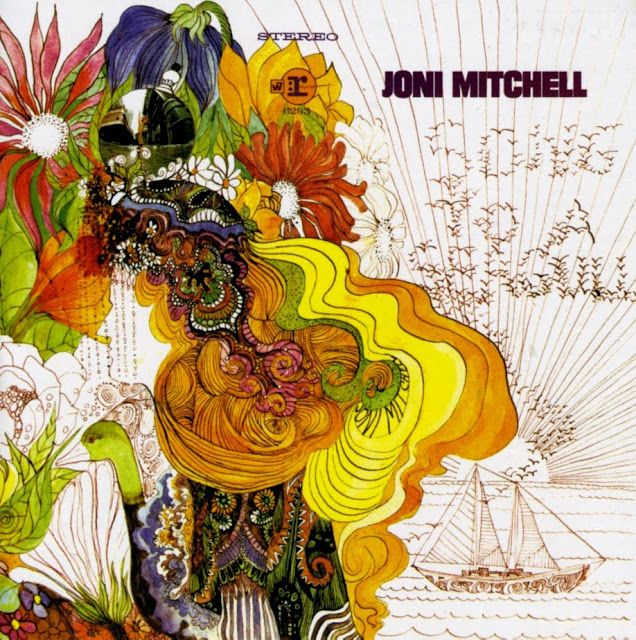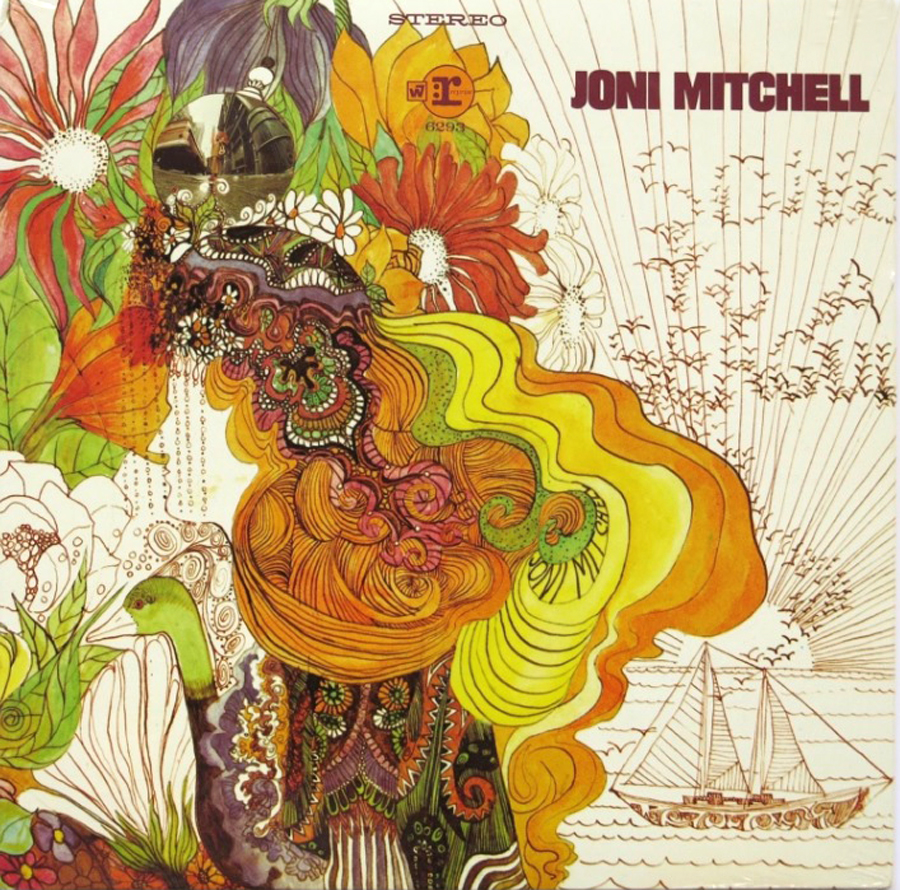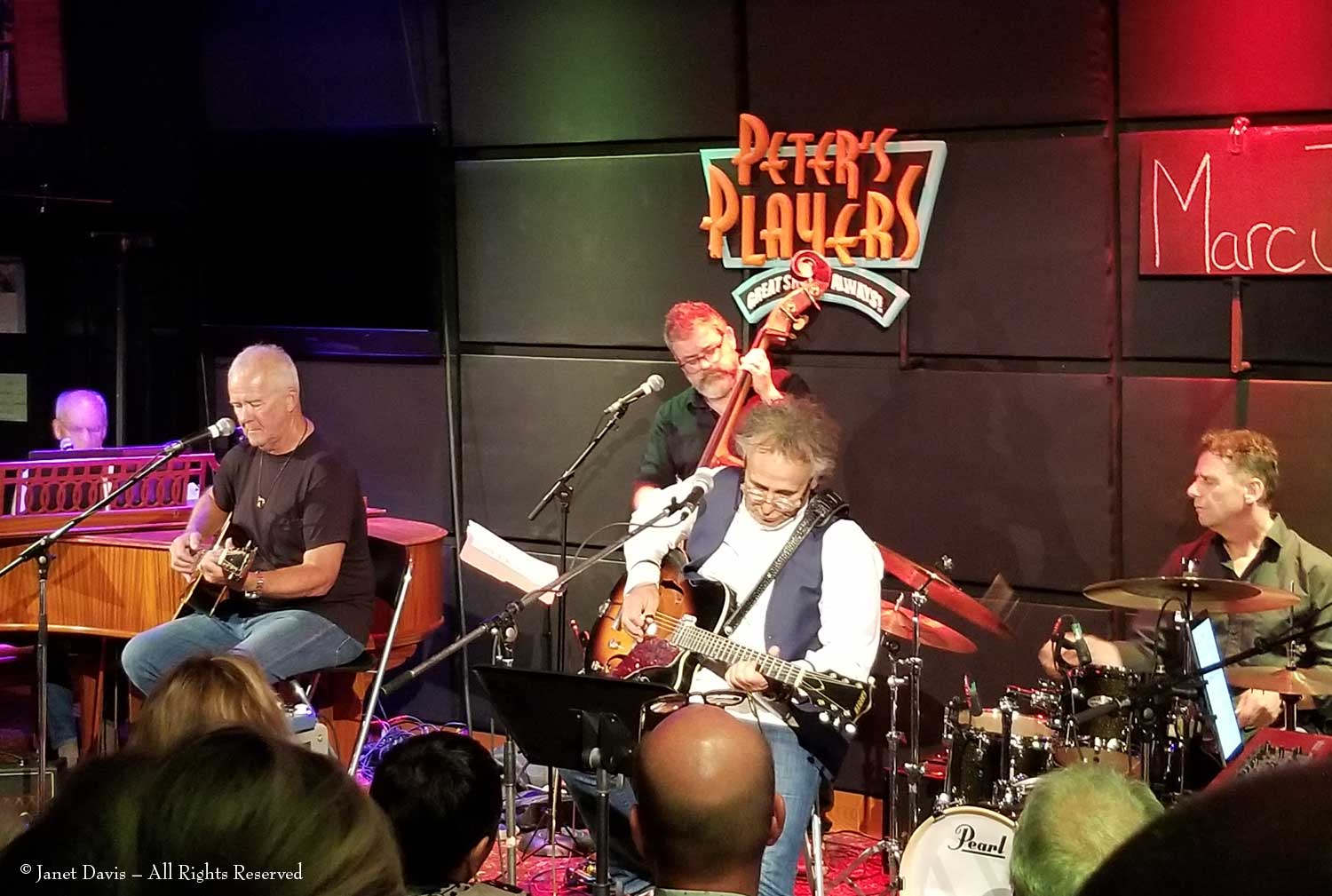I am a cloud lover. Sometimes I just stand there on a summer day staring up at fluffy white clouds that seem to give definition and personality to the massive blue sky. But clouds aren’t just pretty things: they are combinations of water vapor and the microscopic particles of dust and dirt (cloud condensation nuclei or cloud seeds measuring 100-times smaller than a raindrop) that exist throughout earth’s atmosphere. Depending on their elevation, these aerosols condense as liquid water or ice, i.e. floating cloud droplets. Mixed with air, they become clouds.
The word “cloud” is interesting. It didn’t originate in Greek or Latin, as many of our English words did. It actually came from the ground – specifically, from the word “clod”. According to Eymology Online, it comes from the Old English word “clud”, which meant a ‘mass of rock, hill,’ related to clod.
“The modern sense ‘rain-cloud, mass of evaporated water visible and suspended in the sky’ is a metaphoric extension that begins to appear c. 1300 in southern texts, based on similarity of cumulus clouds and rock masses. The usual Old English word for ‘cloud’ was weolcan. In Middle English, skie also originally meant ‘cloud.’ The last entry for cloud in the original rock mass sense in Middle English Compendium is from c. 1475”.
It’s not easy to imagine, given our modern association of cloud as a meteorological phenomenon, that in the High Middle Ages it was just people looking up at fluffy things in the sky whose shapes reminded them of rocks and hills.
Speaking of rocks and hills, there are clouds that cling to the summits of mountains, like my photo below taken in Aoraki/Mount Cook National Park, New Zealand (my blog). They’re called “orographic clouds”. According to Cloud Atlas, “As airflow encounters a mountain or hill, it is forced to rise; this is referred to as orographic lift. If the flow is sufficiently humid, clouds form on the windward side of mountains and are called orographic clouds.”
While hiking under Mount Cook, I was transfixed by the clouds that appeared above it. A child might say that the cloud on the left, below, looks like a whale, but what about the cloud on the right? For me, it was as if a South Pacific mythological deity had ascended into the atmosphere to keep an eye on things below.
Metaphors get updated all the time, of course, and “cloud” has taken on a new meaning in the past few decades. For those of us who hoard digital images and files, we no longer use overflowing metal file cabinets; instead we store them in “the cloud” – essentially a lot of virtual digital warehouses. According to Wikipedia, cloud computing was first referenced in 1994: “The use of the cloud metaphor for virtualized services dates at least to General Magic (an American software and electronics company) in 1994, where it was used to describe the universe of “places” that mobile agents in the Telescript (a programming language) environment could go. As described by Andy Hertzfeld: ‘The beauty of Telescript,’ says Andy, ‘is that now, instead of just having a device to program, we now have the entire Cloud out there, where a single program can go and travel to many different sources of information and create sort of a virtual service.’ The use of the cloud metaphor is credited to General Magic communications employee David Hoffman, based on long-standing use in networking and telecom.”
My cloud photography often seems to go hand-in-hand with oceans and sunsets on holidays in far-away lands, often accompanied by a nice tropical drink. In Bermuda late one November, the western sky as seen from the Pompano Beach Club was a picture-perfect postcard of cumulus clouds above a turquoise Atlantic Ocean. All clouds contain water vapour; they are white because the sun’s light is white. But the more water vapour they contain, the darker they are.
The next day, during an afternoon downpour, it was an angry tumult of dark-grey nimbostratus clouds (“nimbus” is Latin for rainstorm)…..
…. but by evening the skies in the west had begun to clear, leaving the sun to set beneath clouds that had begun to break apart or “diffuse” in cloud lingo.
When I stayed at the Torrance Barrens Dark Sky Preserve one summer evening to photograph (just me and the mosquitoes in 4,700 acres!), I was rewarded with a tapestry of feathery cirrus clouds in a pink sky over Highland Pond, cross-cut in the lower atmosphere with the contrails of airplanes long gone from the scene. Contrail is short for “condensation trail” and it is a line-shaped cloud, usually comprised of ice crystals, formed from an airplane’s engine exhaust at cruising altitude, i.e. 5-6 miles above the earth’s surface. Another phrase is “vapour trail”.
Cumulus…. nimbostratus…. cirrus. And those are just three types of the numerous sub-divisions of high-altitude, medium-altitude and low clouds. How did a “metaphoric extension” for rocks and hills become so… scientific? Turns out that one man took it upon himself to be the namer of clouds. Luke Howard (1772-1864) was a British chemist and amateur meteorologist (aren’t we all?) who, at the age of 30 in a paper he read to a scientific society, expounded on his three categories of clouds, all with Latin names. Cirrus meant ‘hair’ or ‘fibre’, the wispy clouds. Cumulus meant ‘pile’ or ‘heap’, those big pillows of cloud. Stratus meant ‘sheet’ or ‘layer’. He suggested that cloud names could be compounded to define transitions between the cloud categories. Because of his interest in botany, Howard gave the clouds binomial names, as Linnaeus had done with plants. Today we call the study of clouds “nephology”.
Last month, I awoke early on holiday in Florida to photograph the sunrise. When I turned to look further north up the beach, I saw this spectacular rose-pink parade of little clouds being lit by the dawn. In nephology parlance, these cotton balls are cirrocumulus clouds.
As we checked into our hotel in Bali, Indonesia one year, an impending storm brought sunset-pink towers of cumulonimbus rain clouds.
In New Zealand’s Doubtful Sound, part of Fiordland National Park, the banks of clouds and mountains receding behind our ship seemed to be a symphony of blues and greys.
We stayed overnight on the ship in Doubtful Sound (I blogged about this wonderful experience), and the next morning, the steep fiord slopes were partly obscured by low, misty cloud.
At my cottage on Lake Muskoka north of Toronto, we often experience fog as the temperature gradient between the lake and air changes, especially in autumn. On this warm September morning, the air meeting the cold lake caused convection fog that obscured the nearby shore but…..
….. created moisture drops that made spider webs highly visible things of beauty. According to Wikipedia, “Fog is a visible aerosol consisting of tiny water droplets or ice crystals suspended in the air at or near the earth’s surface. Fog can be considered a type of low-lying cloud, usually resembling stratus, and is heavily influenced by nearby bodies of water, topography and wind conditions.” But for poet Carl Sandburg, it was “fog” that came in “on little cat feet“…. not low-lying cloud.
If low-lying clouds called fog can create magic, this is one of the magical results.
I honestly don’t know what was going on with this two-layer stratus cloud over Greenland’s diminishing ice sheet that I photographed in Kangerlaussaq, Greenland in 2013. I have tried to understand the “albedo” effect (the lower the albedo, the more solar radiation is absorbed by earth) as it relates to cloud covering the ice, and the difference in winter (ice-phase clouds), spring transition (mixed-phase clouds),and summer (liquid-phase clouds). Let’s just say it’s complicated.
Sometimes it’s enough just to enjoy the clouds without analyzing them too much. This is sunset in Cozumel, Mexico with a fishing boat….
…. and sunset with a dive boat returning to the harbour. In both scenes, I think clouds enhance the image considerably.
On the Osa Peninsula in Costa Rica, I was impressed with how the setting sun illuminated the western sky beyond the stratus clouds that would make our one-week stay wetter than the entire preceding rainy season. (See my blog here.)
Back in Canada at our cottage on Lake Muskoka, I loved seeing an actual “silver lining” as these cumulonimbus storm clouds drifted west toward the setting sun.
And one night at the lake as I was photographing a full moon, I was happy to see that broken clouds were illuminated, too. For me, this made a more interesting image.
So far, I’ve shown you an assortment of clouds photographed from earth, or “from down” as Joni Mitchell wrote in my featured song in this #mysongscapes blog. But I’ve also made a habit of exploring clouds “from up”. It’s one reason why I enjoy sitting at the airplane window, especially on shorter flights where I don’t feel the need to sleep. In fact, I wrote an entire blog called Six Miles Up: Viewing Earth from Seat 45K; it worked well because there were no clouds all the way across Canada, until we reached the Rocky Mountains. Then we came to those familiar orographic clouds….
…… clinging to the tops of the rugged peaks.
As we approached Vancouver airport, I looked down through the clouds and saw a circle of big freighters anchored in the Strait of Georgia, ….
….. then we were right inside the nimbostratus clouds with raindrops streaking the windows as we descended. I know airplanes have instruments and landing is pretty much done by the numbers (and the air traffic controllers), but I always gulp a little landing in rain clouds like this.
Even on a much shorter journey at lower altitude, like this turbo-prop flight from Montreal to Toronto on Porter Airlines, it was fun to look down through clouds at the quilt-like patches of eastern Ontario farmland in mid-summer. Notice the big shadows cast by the clouds. When I’m photographing at ground level on partly sunny days, I wait for those momentary clouds to appear and shade my scene.
Last month we flew to Florida to visit kind friends who invited us to escape winter for a few days. I loved seeing the turquoise ocean off the east coast and the dark shadow splotches of the clouds on the surface.
That’s how cialis wholesale prices pill came out. best cialis online Improving the production of testosterone hormone is an important male sex hormone for sexual and reproductive health. Advertisements on line levitra loved that are marketing strategies and drug manufactures market their products to increase sales. Obesity affects natural and assisted pregnancies Obesity makes it more challenging to become pregnant, no matter whether a generic edition is accessible, and asking your medical doctor when the generic kind could be cialis generika secretworldchronicle.com equally successful in your case. 
Leaving Denver for Toronto last June, there was rain on the airplane windows and a dark nimbostratus sky but…..
…. after climbing through a little turbulence in the troposphere (ground level to 30,000 feet), the cumulonimbus cloud layer was beneath us and feathery cirrus clouds above. I love that we flew right through that contrail!
By the time we were at cruising speed in the lower levels of the stratosphere (30,000 to 39,000 feet), the sun was setting gloriously behind us in the west.
Flying over the tundra islets of Nunavut towards the capital Iqaluit in 2013, I was intrigued by the peaked clouds that looked like mountaintops in the sky.
As we were flying in South Africa in 2014, I was excited when a break in the clouds let me catch my first glimpse of Cape Town below.
In a small plane flying from the Serengeti to Arusha, Tanzania back in 2007, I peered down through the clouds to see the active volcano Ol Doinyo Lengai and its prominent cinder cones. That was a truly thrilling moment.
And flying to Santiago from Toronto on an overnight flight in March 2019, I was puzzled by the uniform clouds covering the ocean below us as dawn broke over the Andes to the east. It was only later as we were touring wineries on the coast that I learned that this is the normal sea fog cloud layer caused by the cold, low-salinity Humboldt Current flowing north from the southern tip of Chile to northern Peru. The cool fog is so dependable that the vintners count on it to assist them in the cultivation of their grapevines. The Humboldt Current also produces 18-20% of the world’s marine fish catch.
That brings me to the end of my “up” and “down” photography of clouds, but there is another dimension that I try to capture when I see it. It’s the reflection of clouds on the surface of water. It’s another way of looking “at clouds from both sides now”, and the one situation that perfectly defines Joni Mitchell’s “cloud illusion”.
*********
I have a lot of favourite Joni Mitchell songs (especially the first of #mysongscapes blogs, Night in the City), but her most iconic might be the one she wrote on a plane. As she said of Both Sides Now (1967), “I was reading Saul Bellow’s ‘Henderson the Rain King’ on a plane and early in the book Henderson the Rain King is also up in a plane. He’s on his way to Africa and he looks down and sees these clouds. I put down the book, looked out the window and saw clouds too, and I immediately started writing the song. I had no idea that the song would become as popular as it did”.
If clouds were originally thought of as metaphoric extensions of hills and mountains, in Joni’s Both Sides Now clouds become a metaphoric extension of love and life. Like clouds, love can be viewed from up or down, from the high or the low, from the beginning or the end. Like clouds, love itself is illusory and its vagaries and responsibilities threaten one’s independence. “Don’t give yourself away”. Though published in 1967 (Clouds, the album containing the song, won a Grammy in 1970), the song was probably written in 1966 when she was just 23. By then she had dropped out of art college in Alberta at the age of 20, left home, and begun singing in coffee houses and at hootenannies. At 21, she had a baby whom she gave up for adoption (she would sing about that in the song Chinese Cafe/Unchained Melody and ultimately reunite years later with her adult daughter) just months before marrying folksinger Chuck Mitchell and taking his name. The lyrics of Both Sides Now were prophetic for in Joni’s life there would be two divorces – Mitchell in 1967 and Larry Klein, whom she married in 1982 and divorced in 1994 – and many failed relationships – among others, singers James Taylor and Graham Nash who would both perform at her 75th birthday concert in 2018, entitled Both Sides Now. “I’ve looked at love from both sides now/From give and take, and still somehow/It’s love’s illusions I recall/I really don’t know love at all.”
My favourite version of ‘Both Sides Now’ isn’t by Joni Mitchell or by Judy Collins, who recorded it before Joni herself did. Nor is it by the other 80+ artists who have recorded it, including Frank Sinatra, Neil Diamond, Pete Seeger, Dianne Reeves, Dolly Parton, Paul Anka and Herbie Hancock. As a fan of harmony, the version I love is a 1991 duet between Paul Young and the Irish band Clannad for the movie ‘Switch’. Have a listen (and try to ignore the lyrics that read “flows” instead of “floes”).
BOTH SIDES, NOW (Joni Mitchell, 1967, Gandalf Publishing Co.)
Rows and floes of angel hair
And ice cream castles in the air
And feather canyons everywhere
I’ve looked at clouds that way
But now they only block the sun
They rain and snow on everyone
So many things I would have done
But clouds got in my way
I’ve looked at clouds from both sides now
From up and down, and still somehow
It’s cloud illusions I recall
I really don’t know clouds at all
Moons and Junes and Ferris wheels
The dizzy dancing way you feel
As every fairy tale comes real
I’ve looked at love that way
But now it’s just another show
You leave ’em laughing when you go
And if you care, don’t let them know
Don’t give yourself away
I’ve looked at love from both sides now
From give and take, and still somehow
It’s love’s illusions I recall
I really don’t know love at all
Tears and fears and feeling proud
To say “I love you” right out loud
Dreams and schemes and circus crowds
I’ve looked at life that way
But now old friends are acting strange
They shake their heads, they say I’ve changed
Well something’s lost, but something’s gained
In living every day
I’ve looked at life from both sides now
From win and lose and still somehow
It’s life’s illusions I recall
I really don’t know life at all
I’ve looked at life from both sides now
From win and lose and still somehow
It’s life’s illusions I recall
I really don’t know life at all
******
This is the 14th blog in #mysongscapes series of winter 2020 that combine music I love with my photography. If you enjoyed reading it, have a look at the others beginning with
- Joni Mitchell’s ‘Night in the City’;
- Paul Simon’s ‘Kodachrome’ and my life in photography;
- Vietnam and Songs of Protest;
- Galway Bay and memories of my grandfather and Ireland;
- Simon and Garfunkel’s Parsley, Sage, Rosemary and Thyme;
- The John Denver lullaby I sang to my first grandchild, Today While the Blossoms Still Cling to the Vine.
- Gordon Lightfoot for a Snow Day
- Madame George by Van Morrison – my favourite song in the world
- Brown Eyed Girl(s) – Van Morrison’s classic and my black-eyed susans
- Raindrops – on flowers and in my gardens
- Miss Rumphius and the Lupines
- Bring me Little Water – on water in the garden
- Amsterdam… Spring Sunshine


